January 8, 2023
Martha O'Kennon
What a dark week. The sun only came out at odd times and not for long! Still the temperatures were about 40 F at noon. Not icy - the pond was totally melted most of the time. The hard part about shooting the pond is that the reflection of the trees is quite distracting when you really want to catch the fishes in there. In picture 1, you see what happens if you stand on the north side of the pond and shoot across towards the Seely house. The fishes are right-side up while the chair on the north side of the pond is inverted!
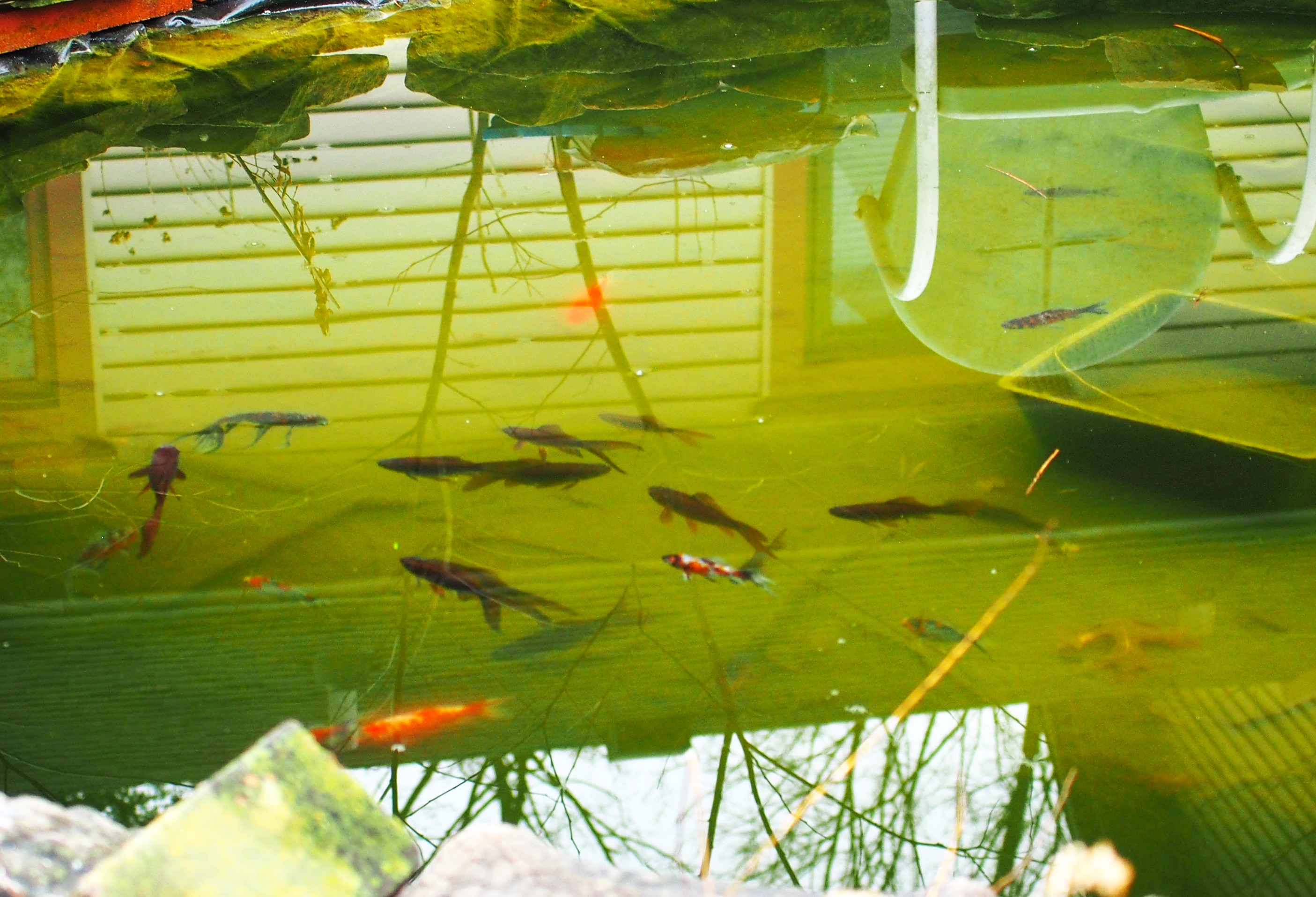
The Ants were more varied this week. Of course the Winter Ants are out there. I don't know why the Winter Ants look reddish in one photo and black in the second. This time I saw ONE Common Citronella Ant and one genus Myrmica Ant, both queens.

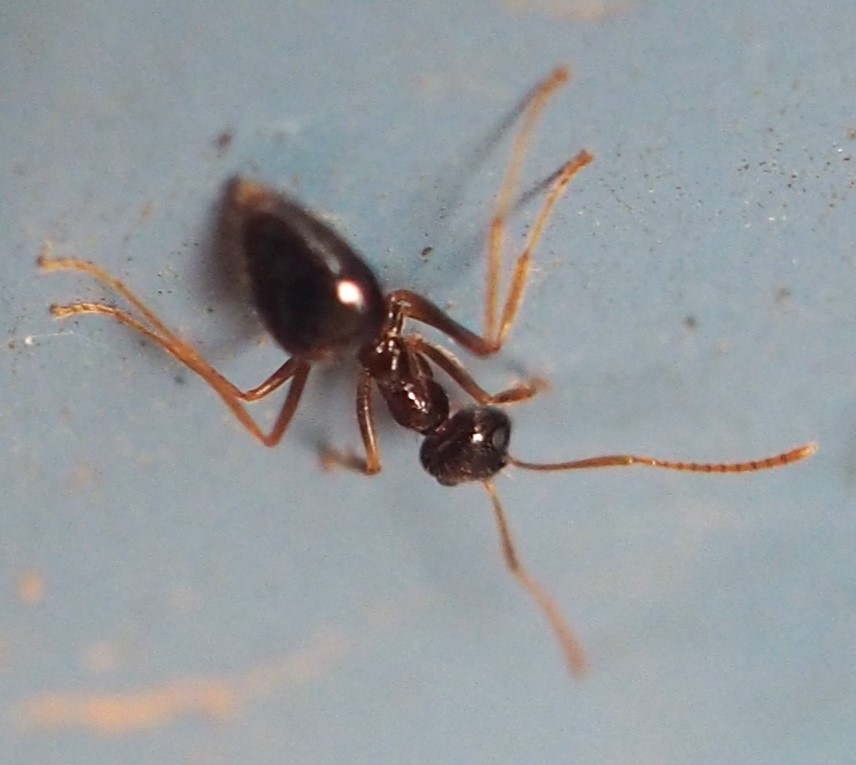
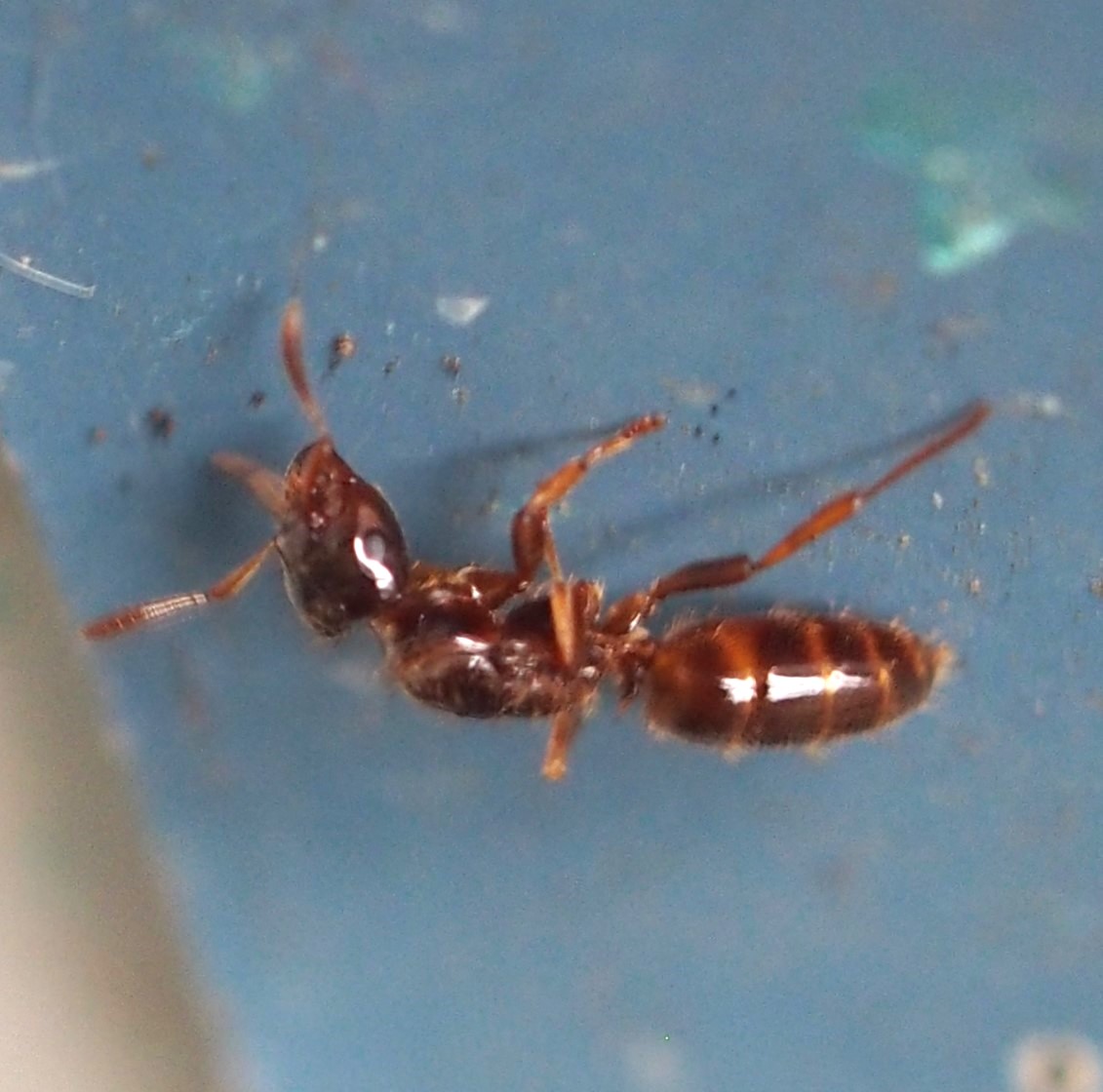
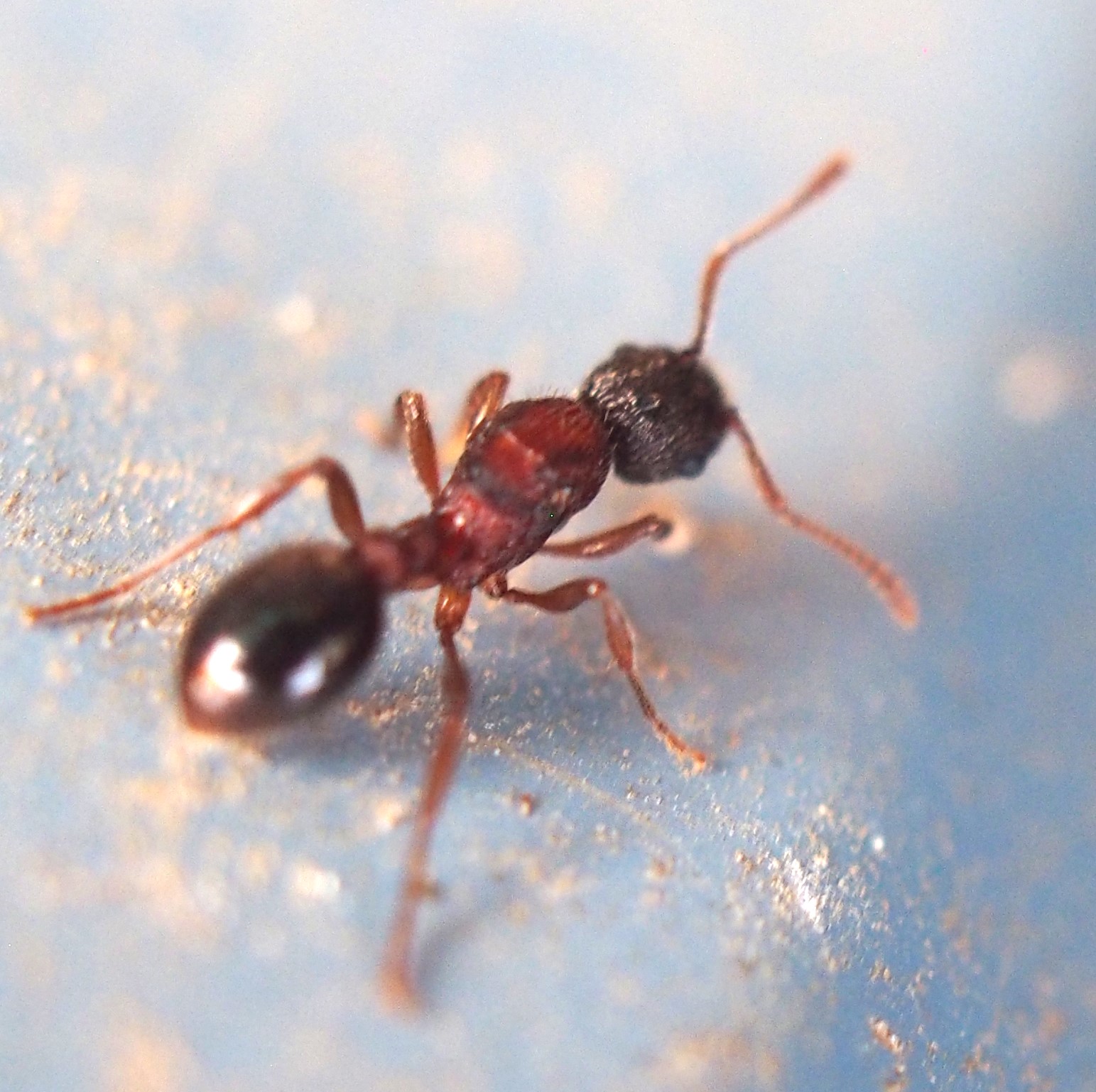
Remember that there is information in the name of the file for each image. You can see it by mousing over the image - look at the lower left of the screen. Or you can click again on the image to get to the (usually) larger image. Then the info is displayed in the address line above. Sometimes the second click will actually display a different view of the original image.
Beetle-wise, we saw only one this week. Someone identified this one from last week as a Round Fungus Beetle. It IS roundish. Next is a Weevil, which I only saw once. And third is an Asian Lady Beetle sitting on a matching orange section of the dining room tablecloth.
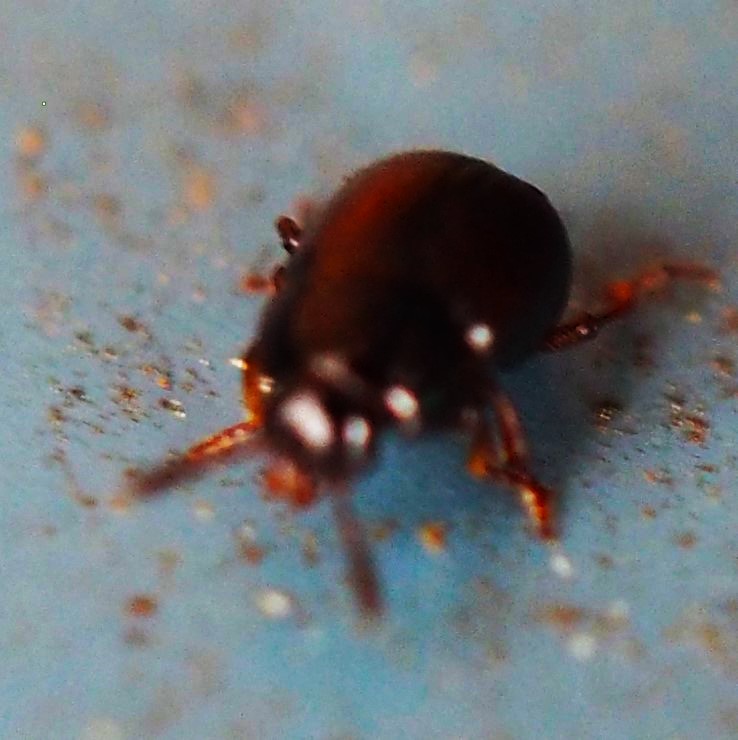
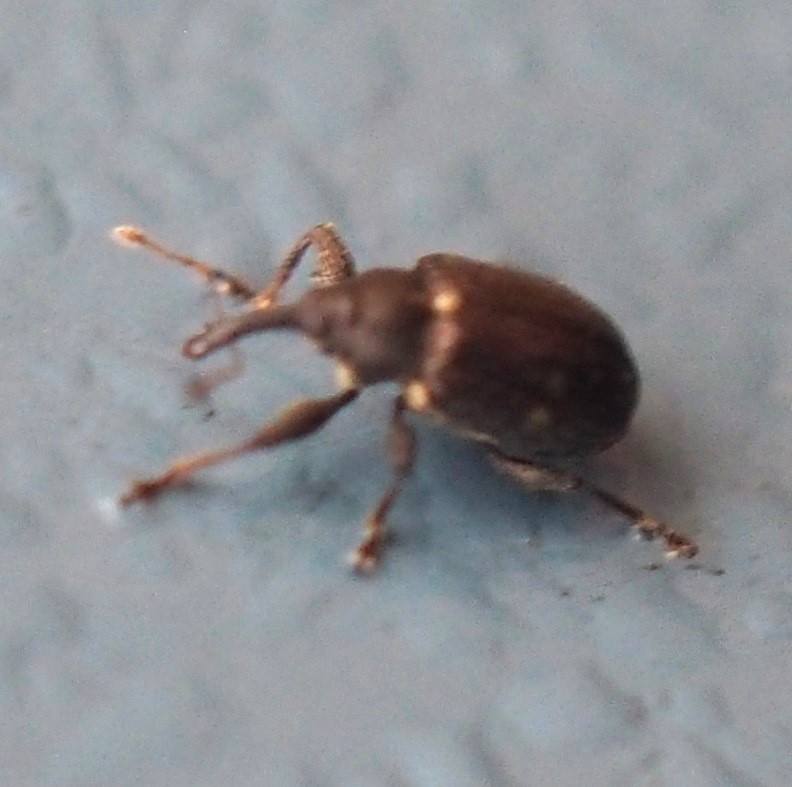
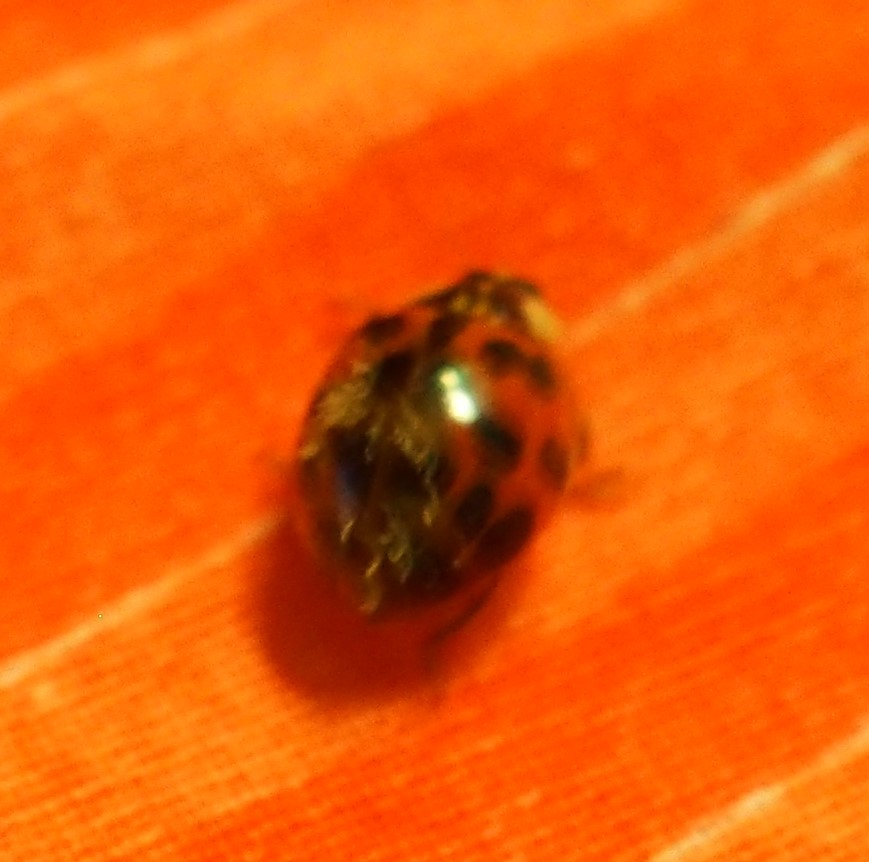
Those pesky Boxelder Bugs love the winter. First here is one outdoors, and then you see one that came inside and began to share my water mug. They seem to let their antennae float on top of the water - wonder if that helps them not to fall in. Third is our old faithful Drymus unus. I am usually able to see at least one of these per day.
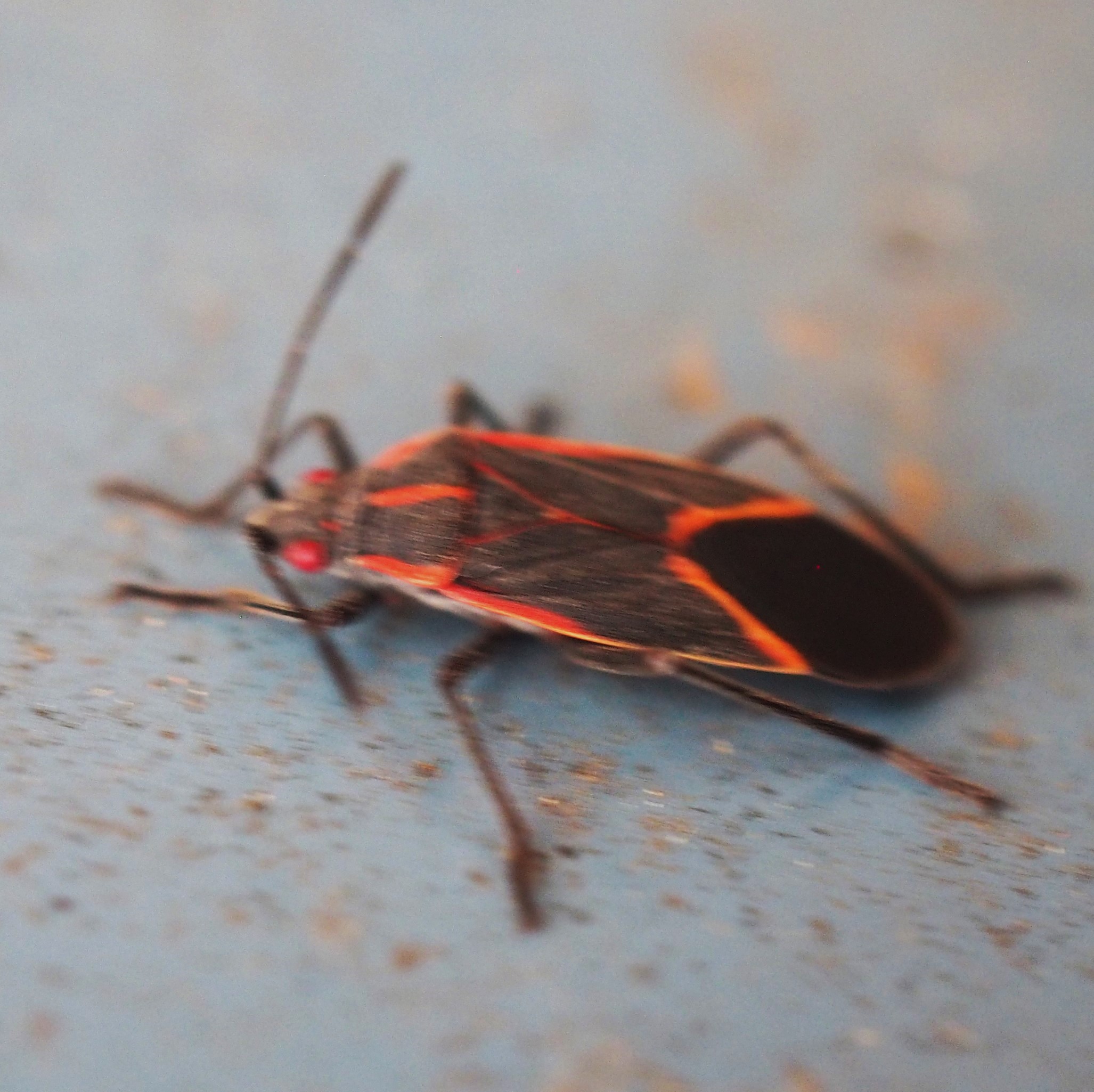

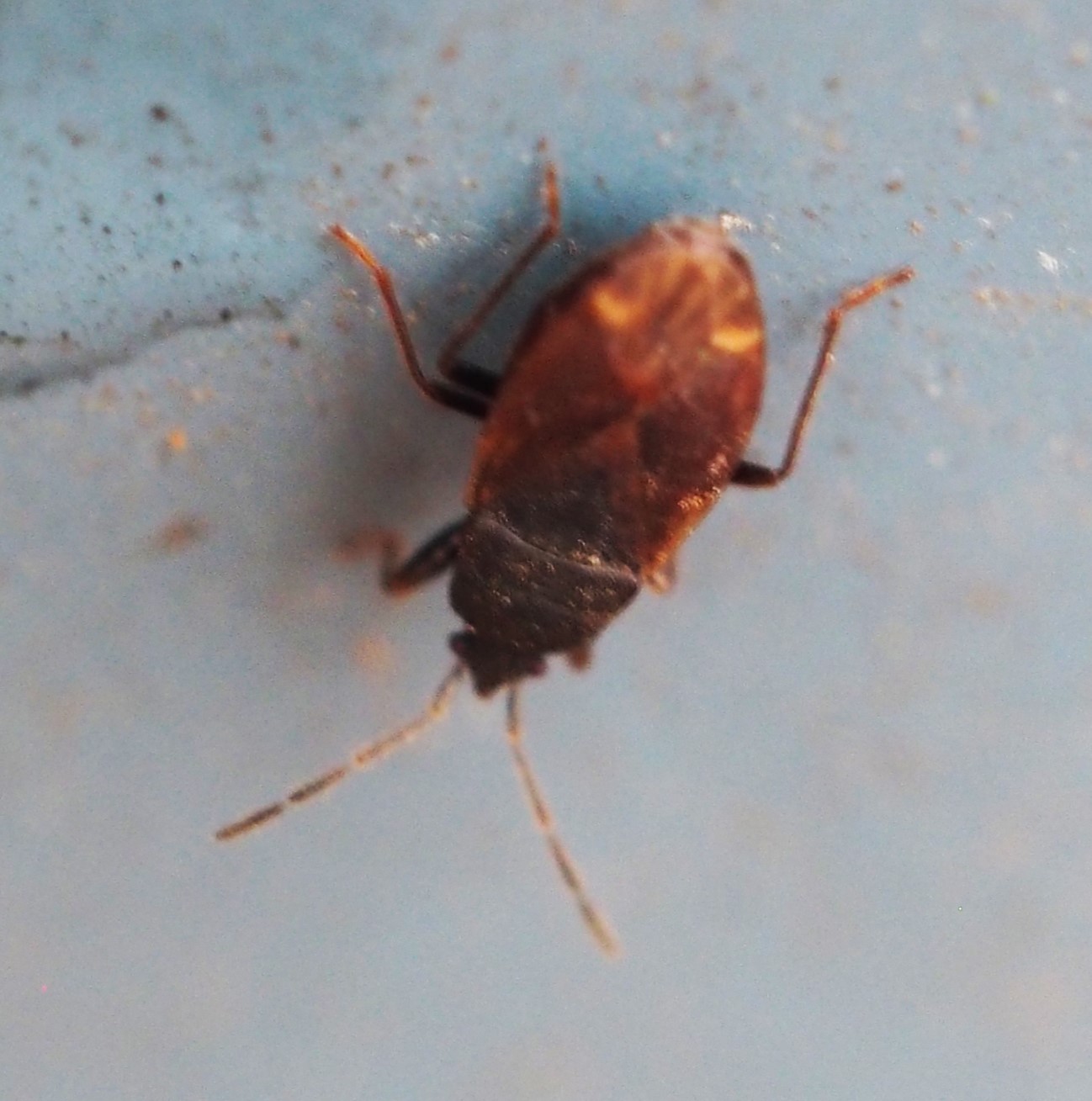
The Barklice were totally represented by Graphopsocus cruciatus, which is the only one that got into view. Here are two of the adults out of a fairly large sample. Usually the nymphs seem rather quiescent, But this film clip (picture 3) shows one running the fastest I've ever seen for this species.

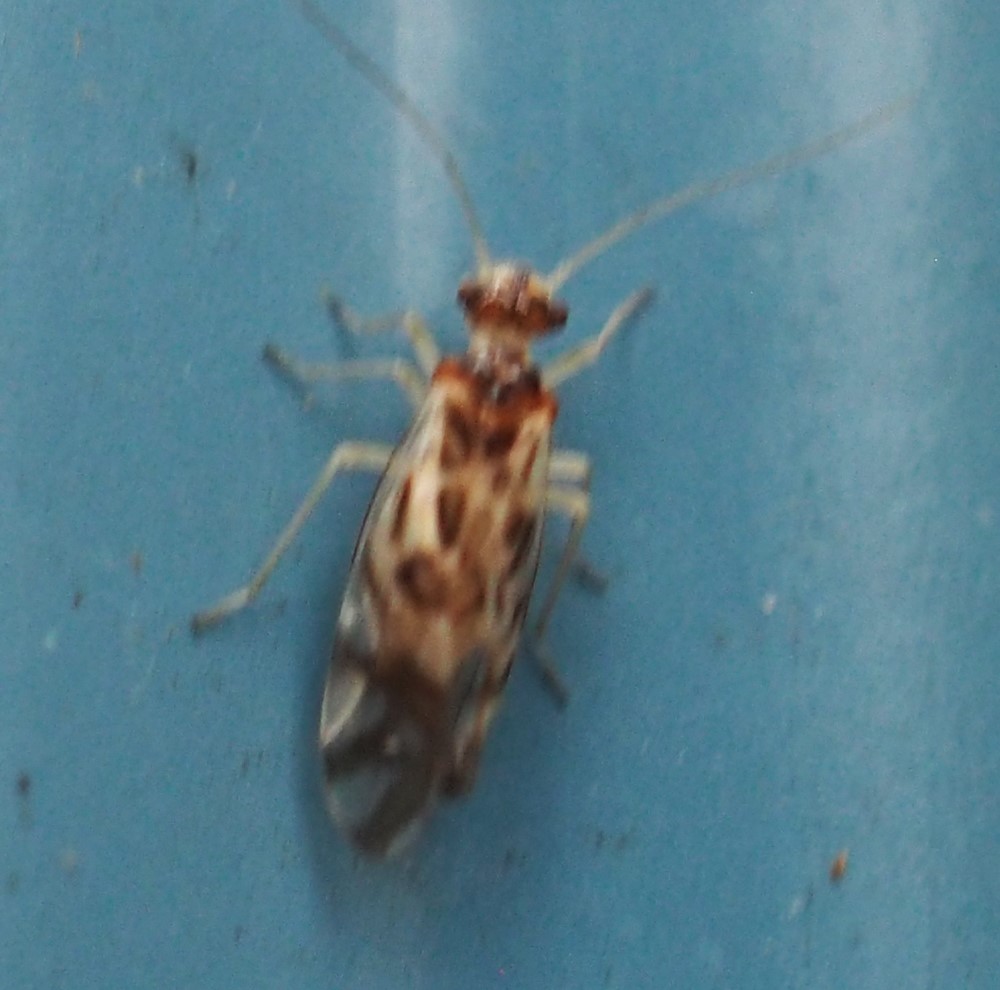
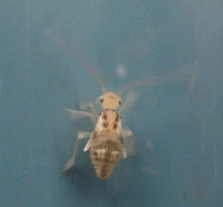
There have been a number of little cocoons of some unknown organism sitting around. Finally the other day (January 2) I saw one opening and a number of tiny creatures coming out.
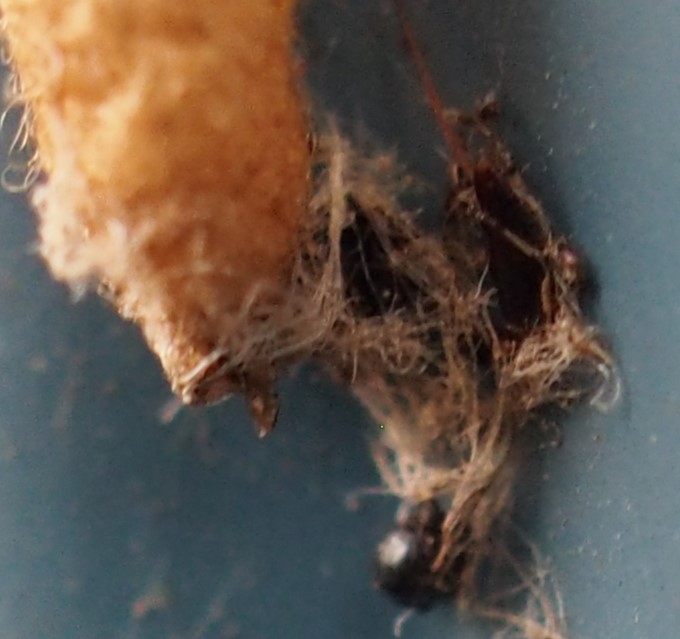
There were many Flies this week. Here are a little Midge and two shots of one of the smaller Moth Flies that we seem to see more than the larger Bathroom Moth Flies these days.
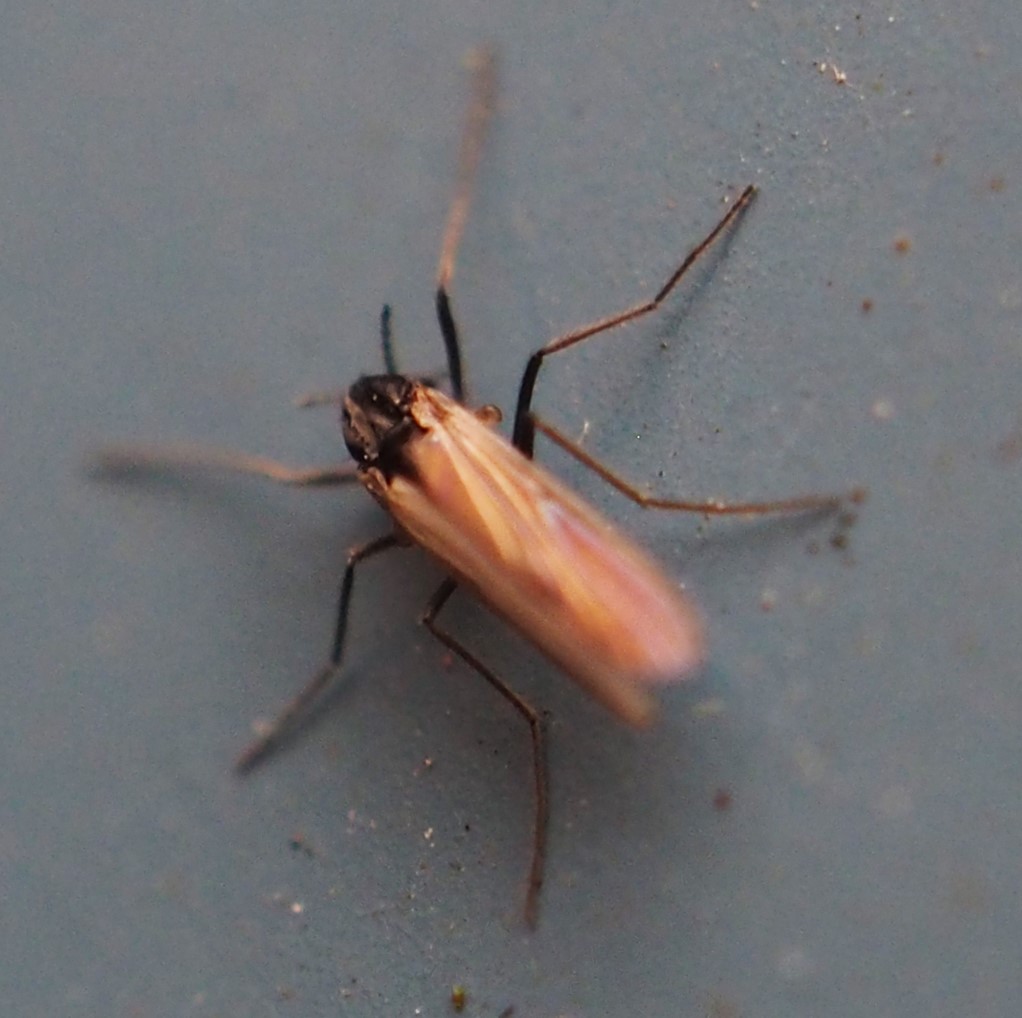

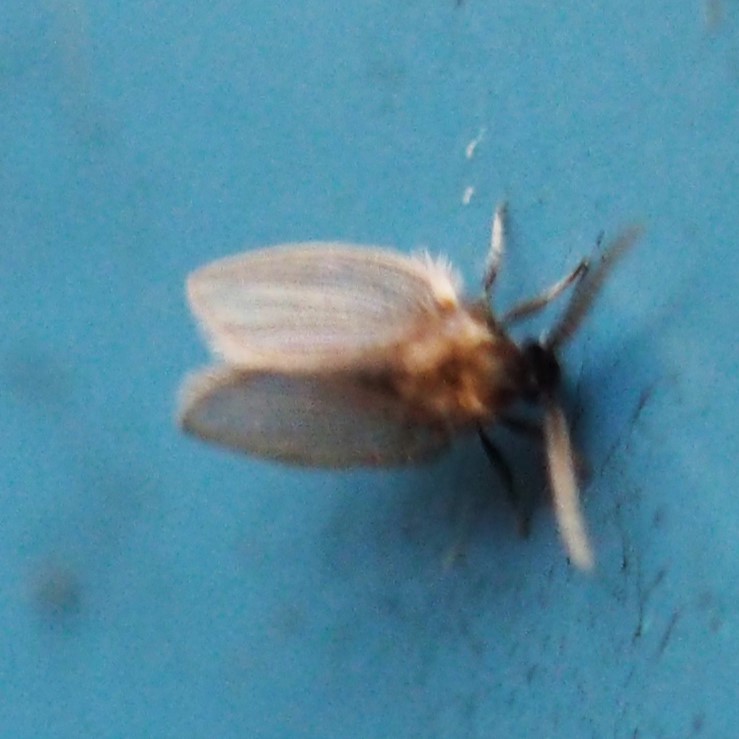
More Flies! Here are two views of one of them, which the ID app in iNat called "Genus Mycetophila -
a member of Fungus Gnats Family Mycetophilidae" and which nobody has yet come up with a closer name. It is interesting because of its lovely WIP patterns.
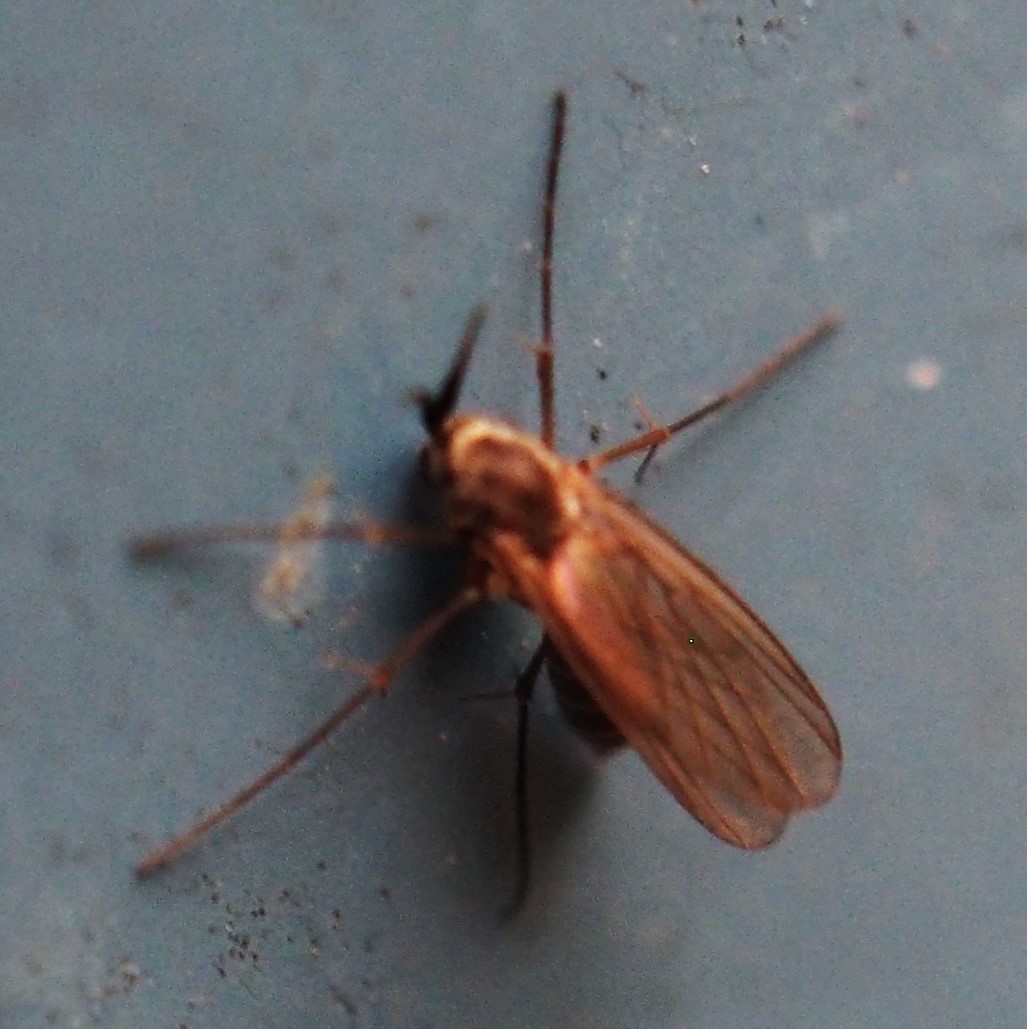
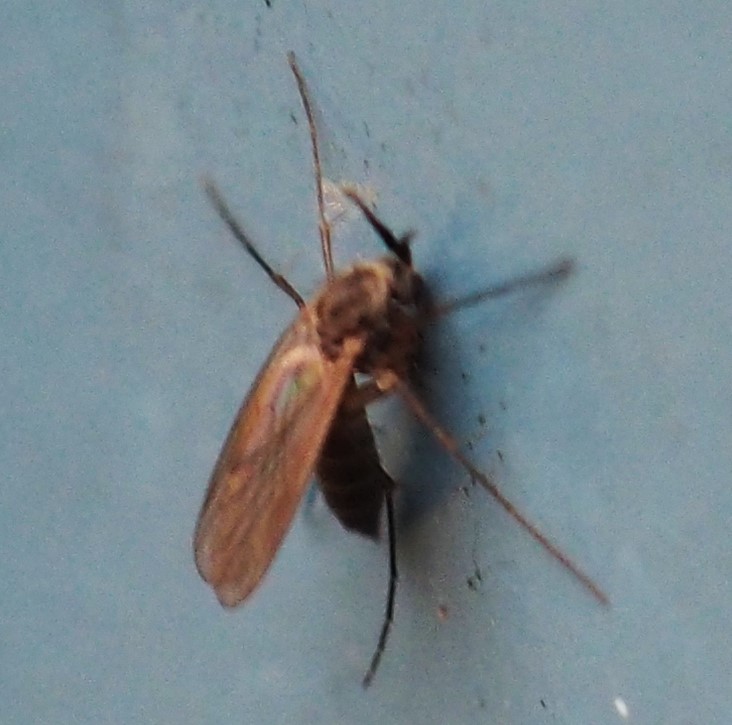
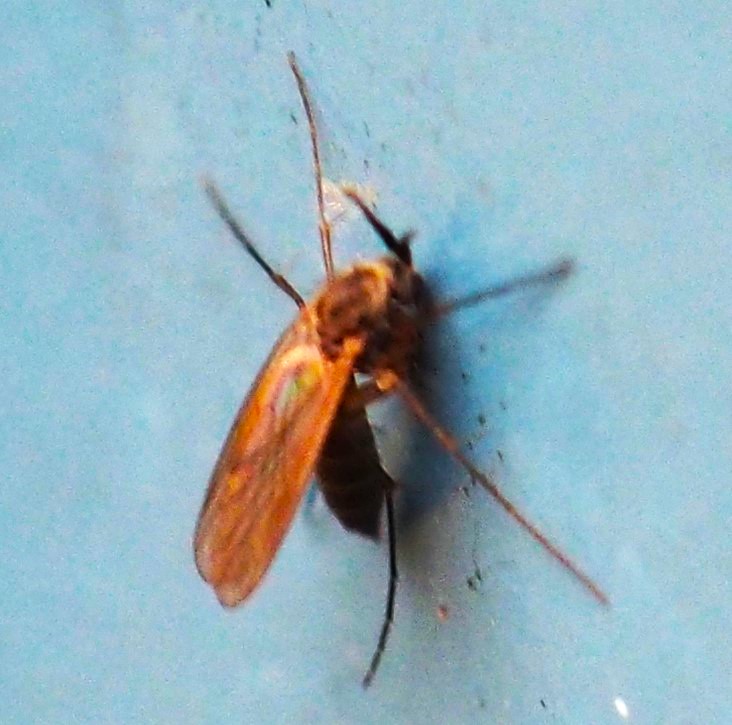
More Flies. This first one looks a lot like the Mycetophila Fungus Gnat above, but with more rounded wingtips. I didn't have to mess with the color saturation to get these WIPs. The third Fly picture was sent to me by my friend Biddy Greene of Cape Town. It turns out to be in the genus Pegesimallus.
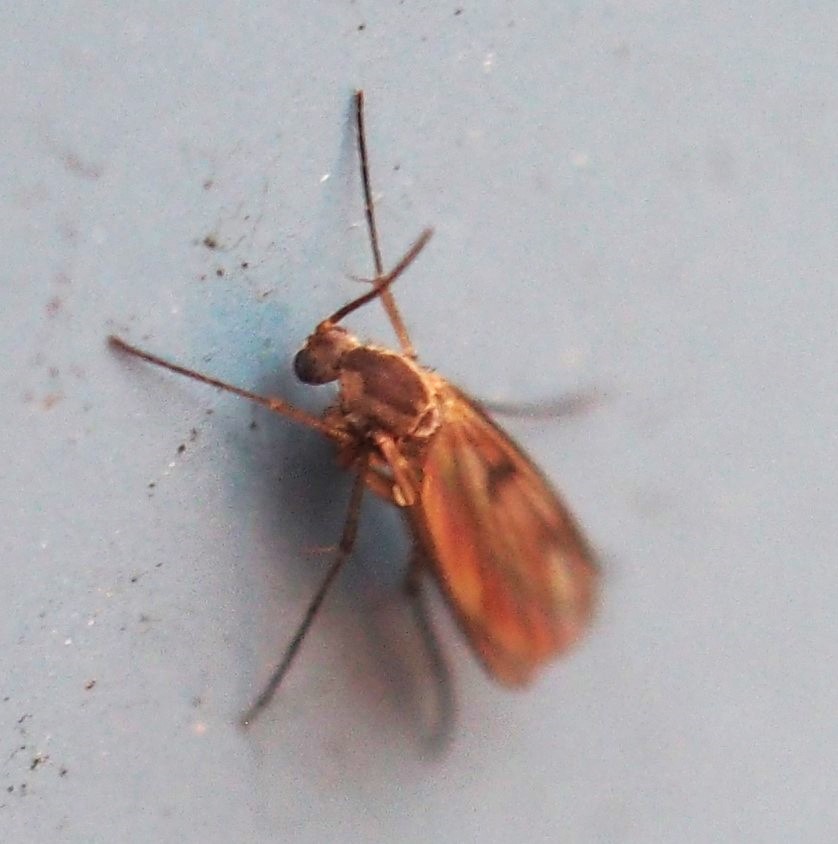
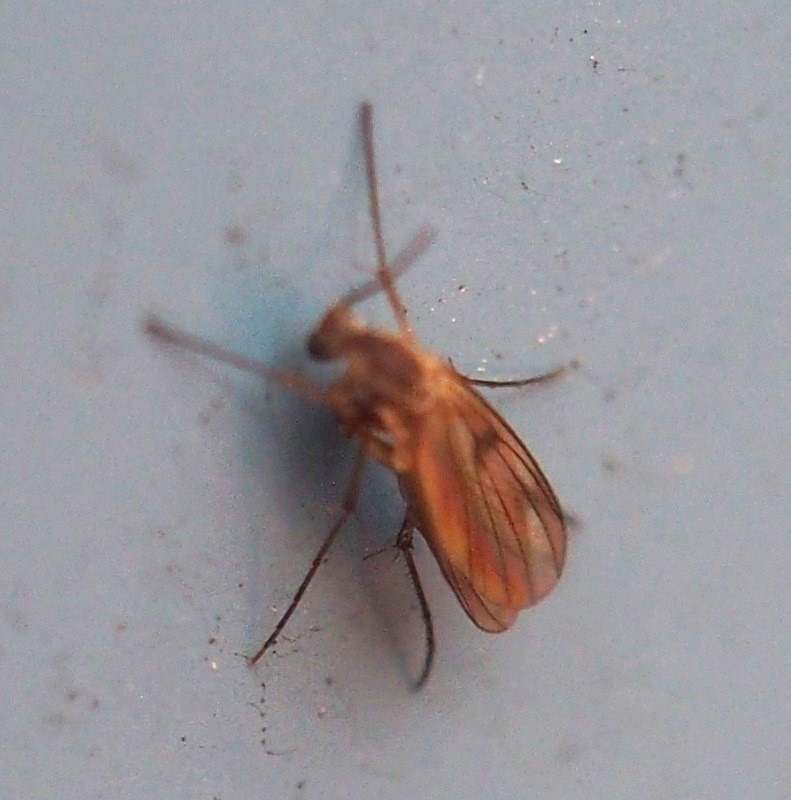
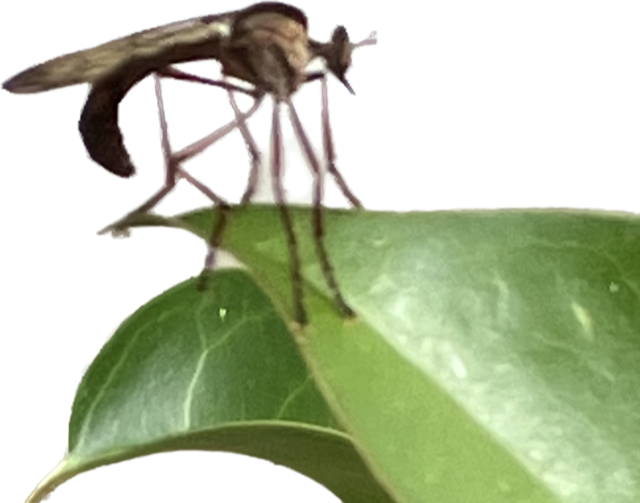
Here is the first genus Suillia Fly I've seen in a few months. The dot pattern on the wings makes me think this is Suillia quinquepunctata. Next are two different Winter Crane Fly (genus Trichocera) members.
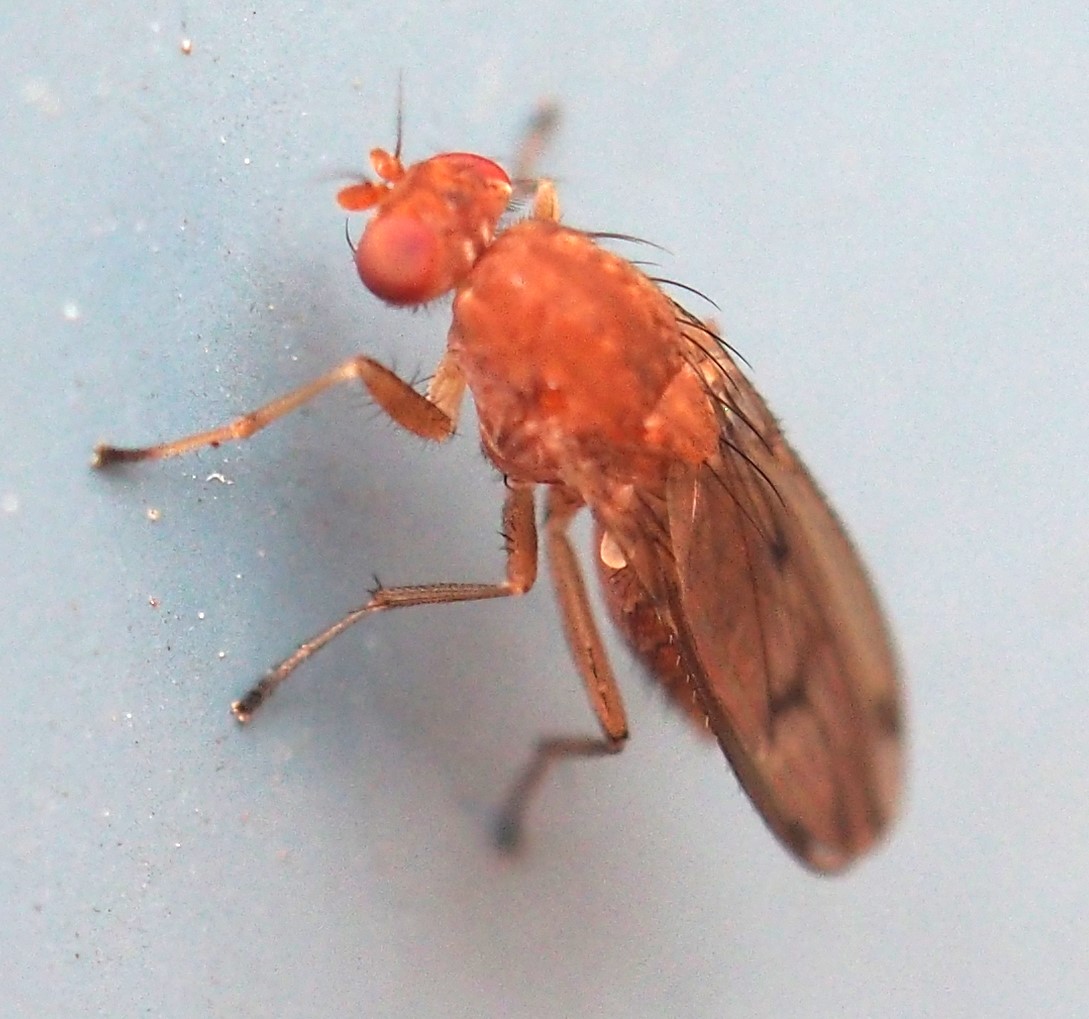
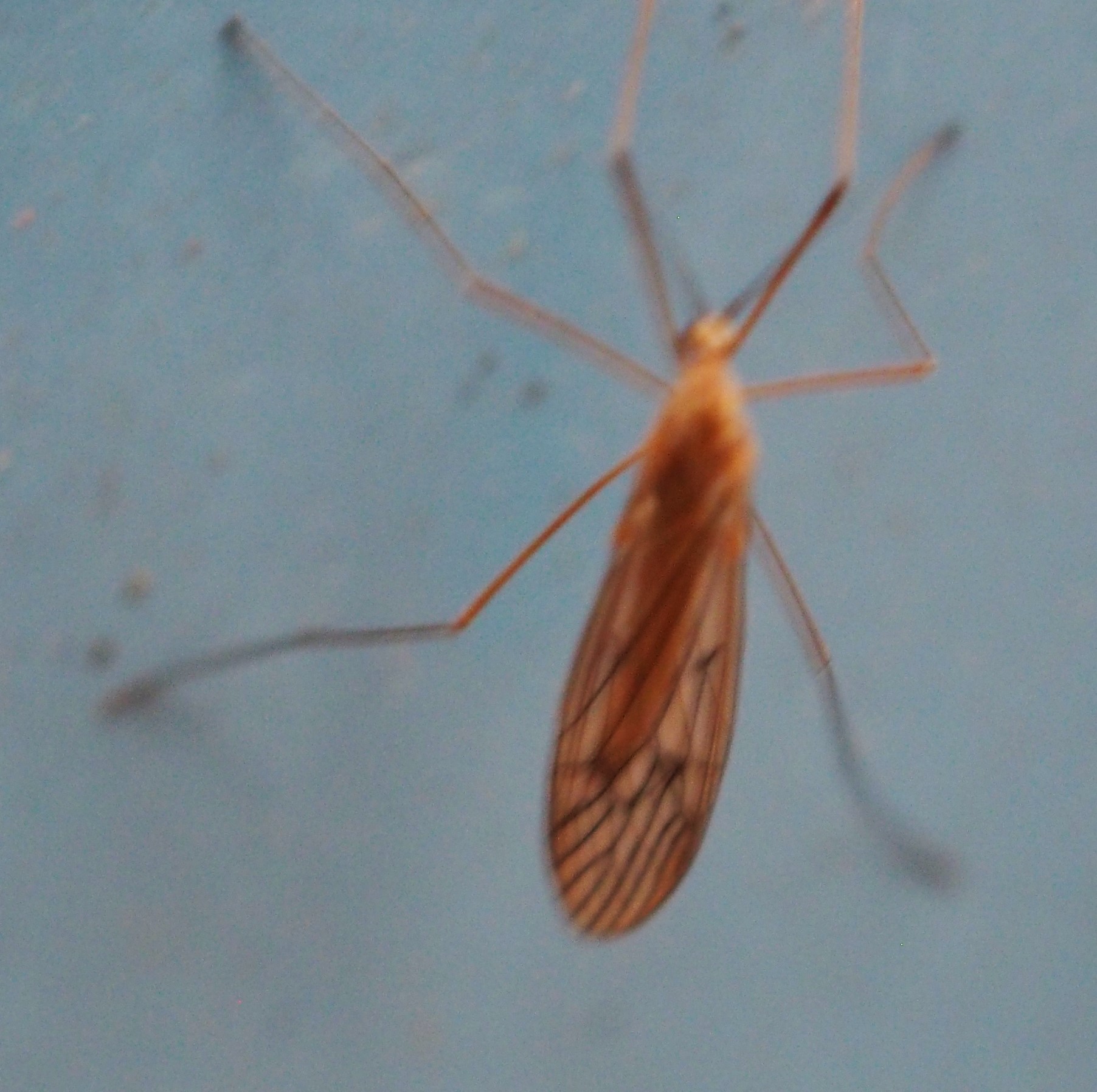
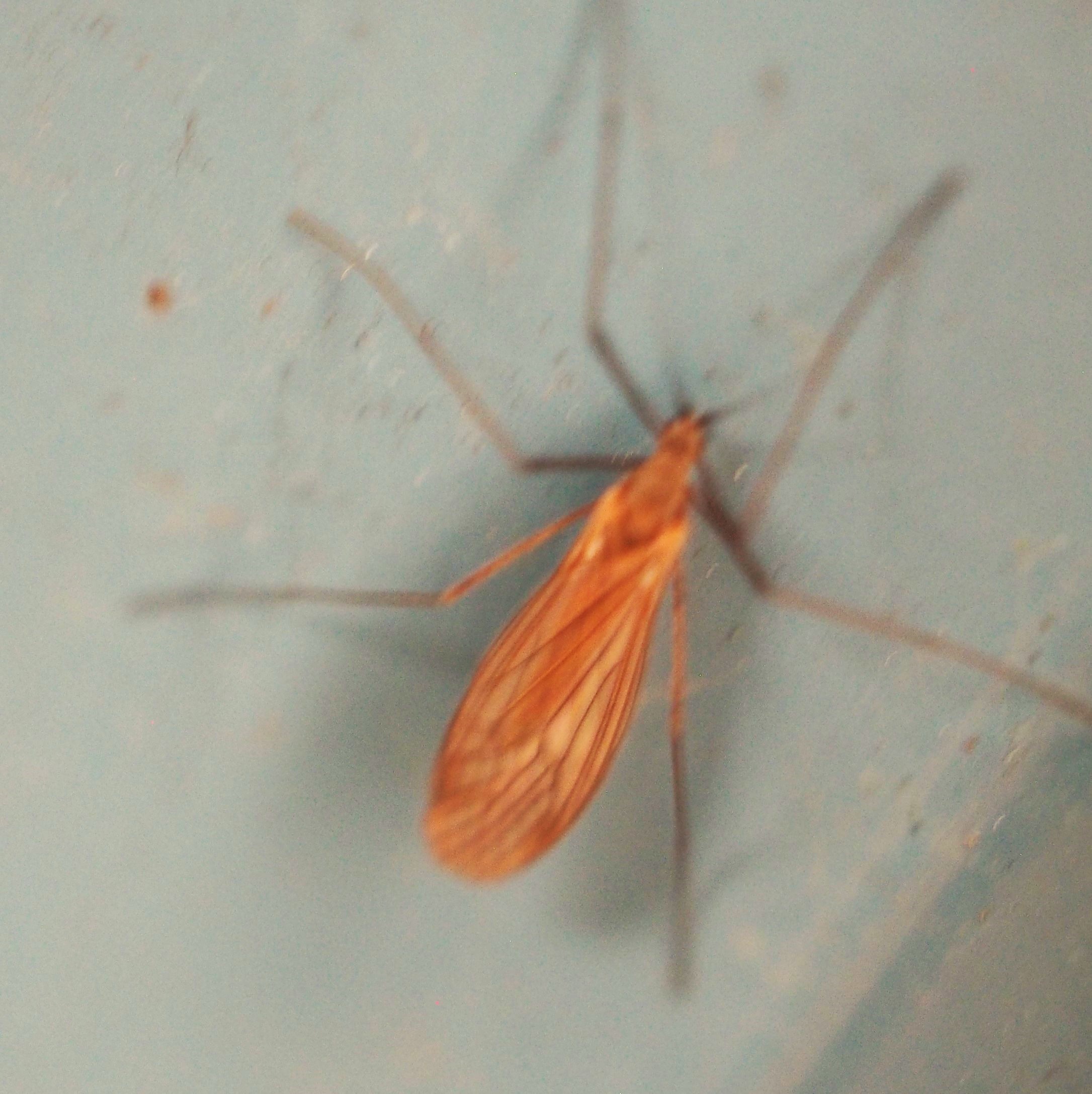
The Moths are not all gone. Here is a Looper (a Geometrid Moth larva) and another not-so-great picture of one Looping.
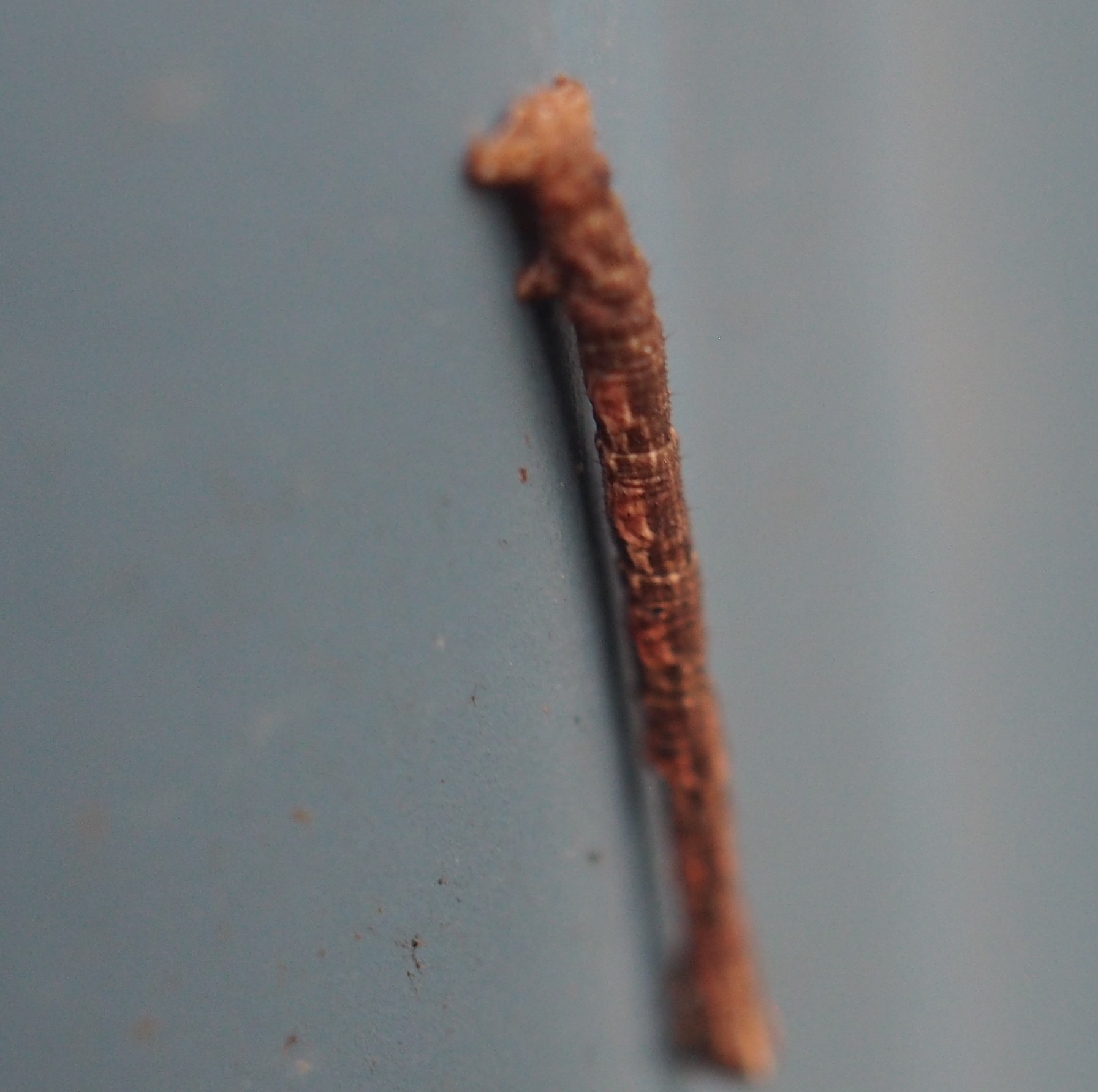
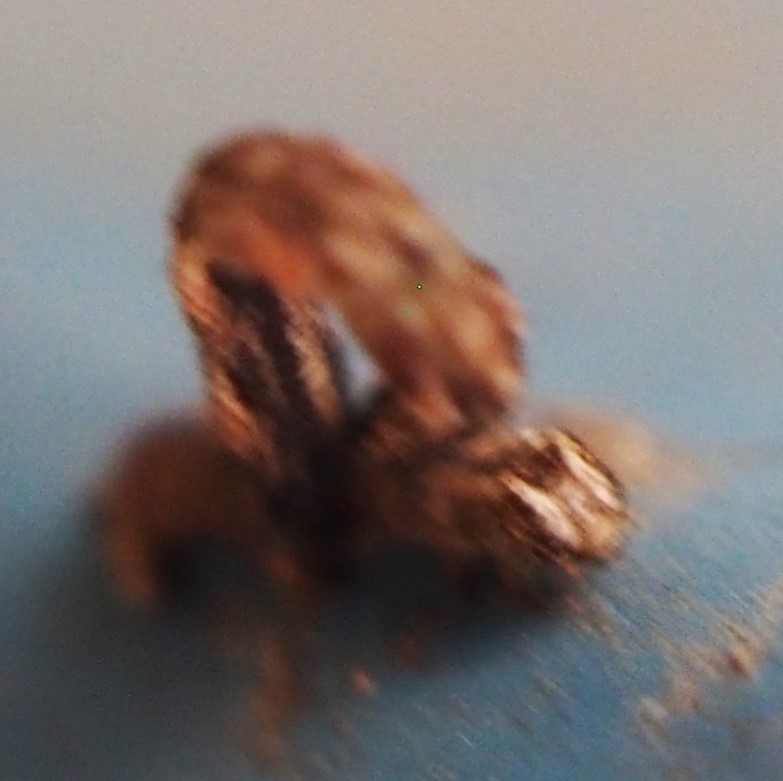
Turning to the Harvestmen, I had never before seen these identified as anything other than Eastern Harvestman, Leiobunum vittatum. This first one is that very Eastern Harvestman as seen on July 19, 2021. But here are the ones I saw recently. Number 2 is the European Harvestman (juvenile) Phalangium opilio, while number 3 is a juvenile of that very same Harvestman European Phalangium opilio. All these ID's were made by the real expert @harvestman-man of iNat.
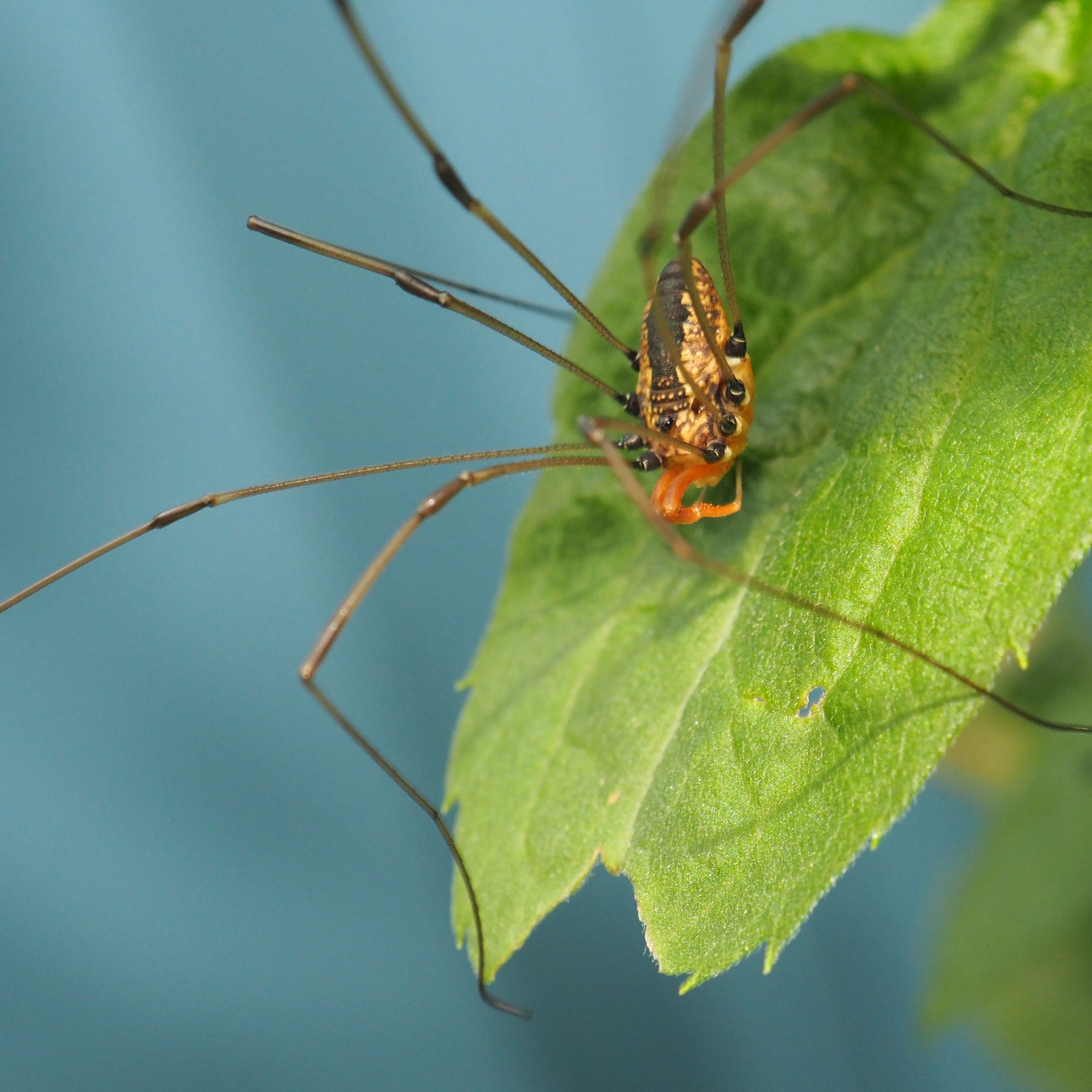
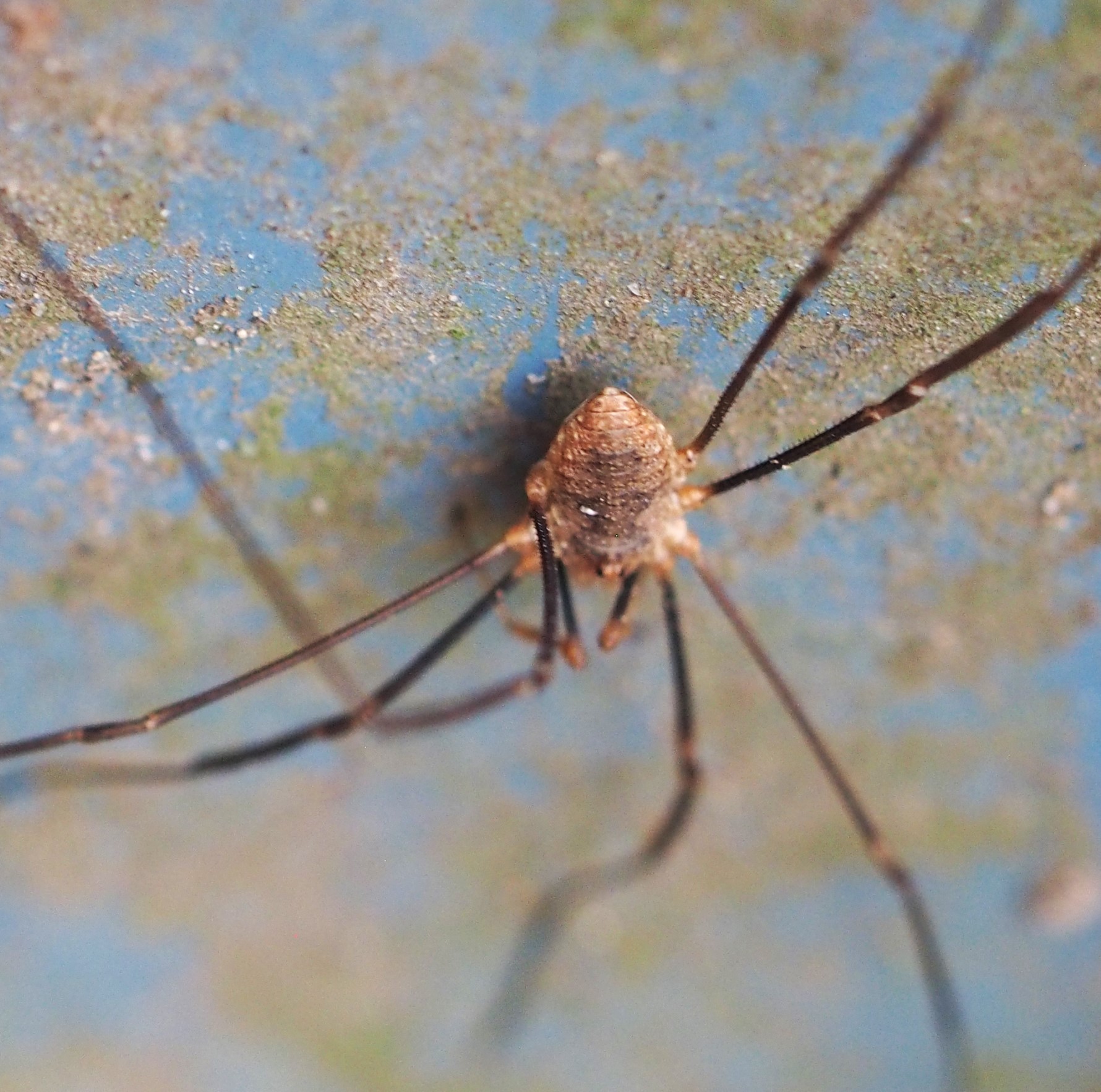
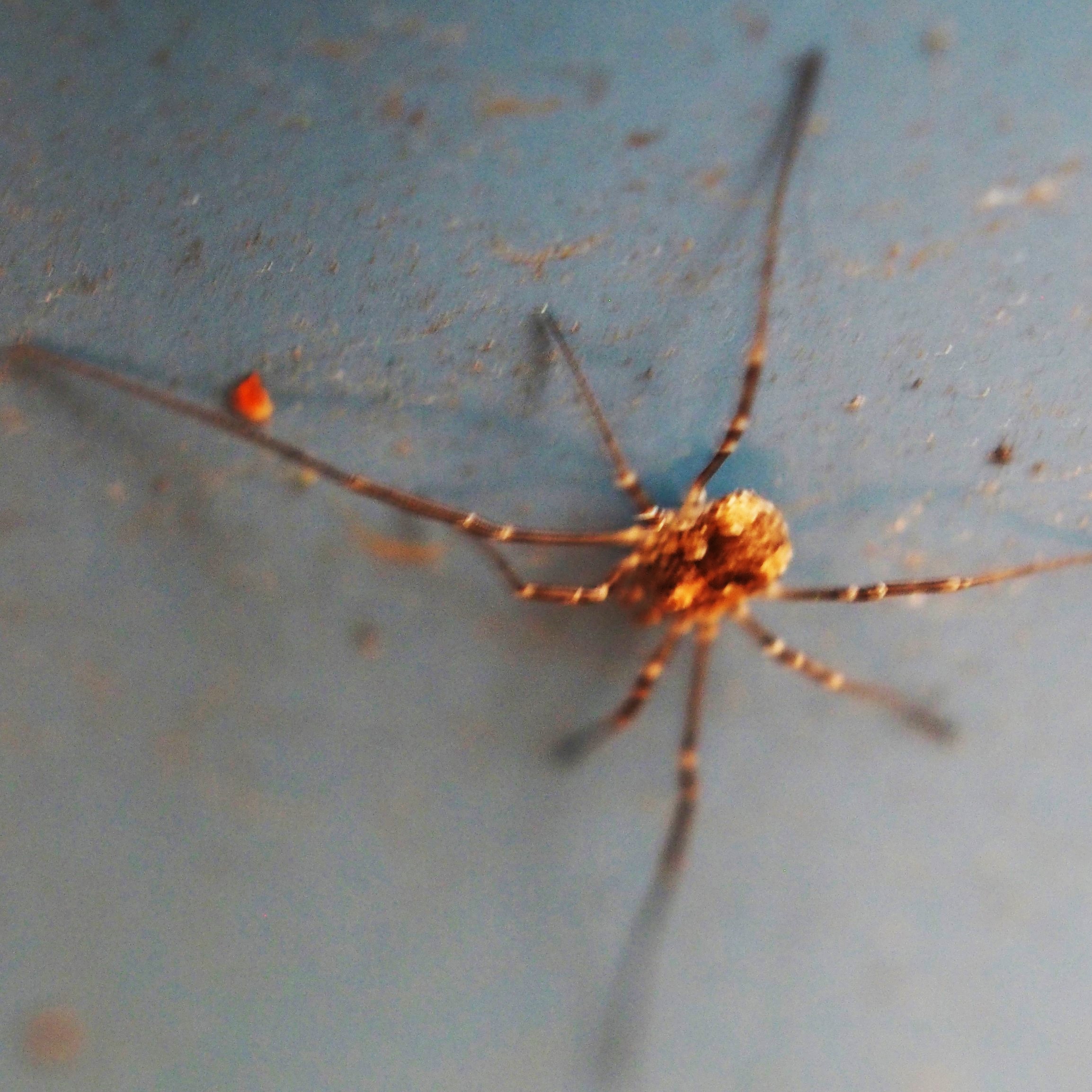
And now to the Spiders. First is a red Dwarf Spider, in a huge group of very hard-to-distinguish Spiders, family Linyphiidae. This one may have a couple of red Mites on its side. The second, first seen last week, was identified as the Tuberculated Crab Spider, Tmarus angulatus. And finally, here is an old friend back from wherever it has been hiding since I last laid eyes on it - Mimetus puritanus - the Common Pirate Spider. They may call it "Common" but to me it is the farthest from common, and I am still excited to see it in the midwinter!

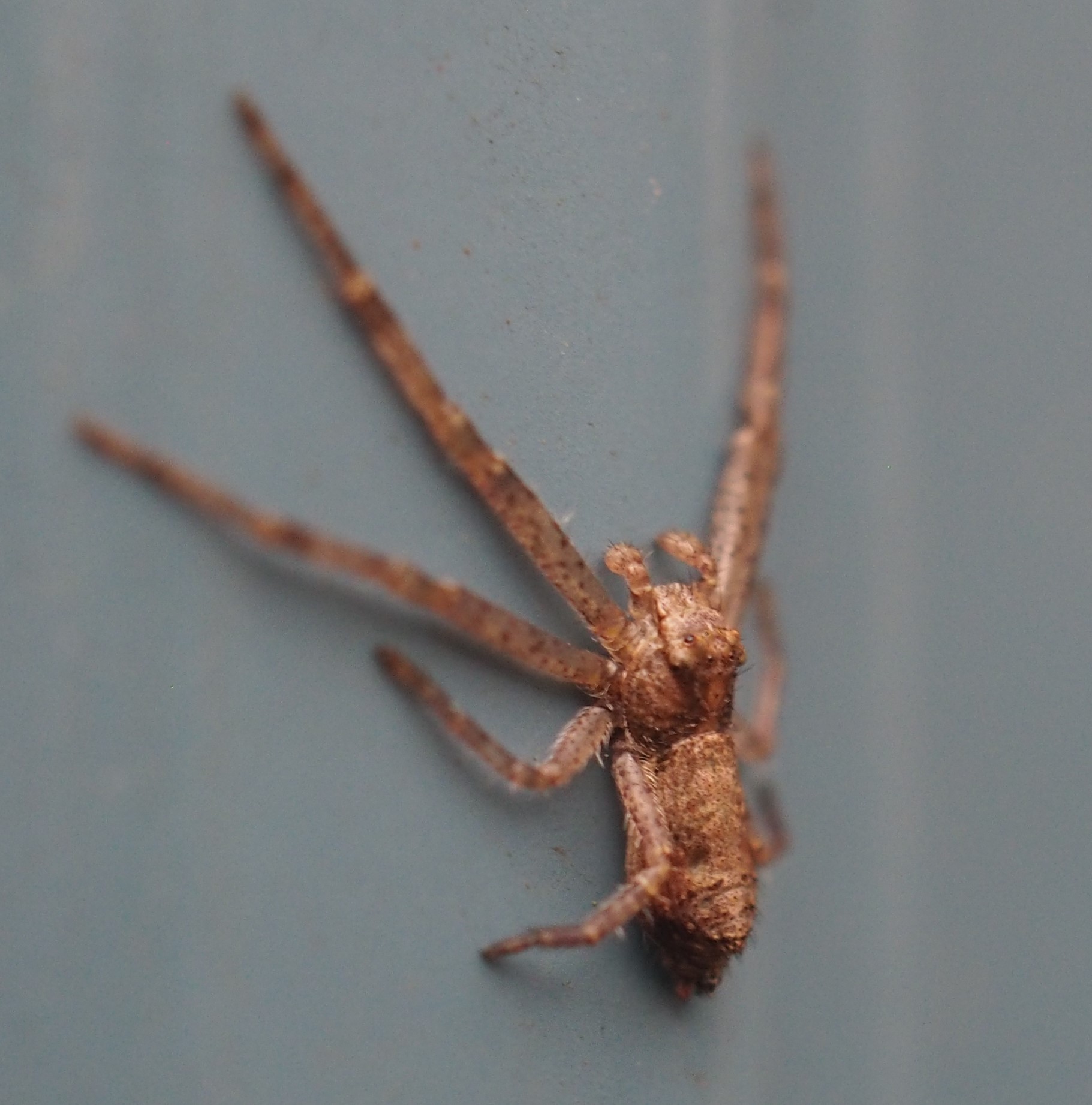
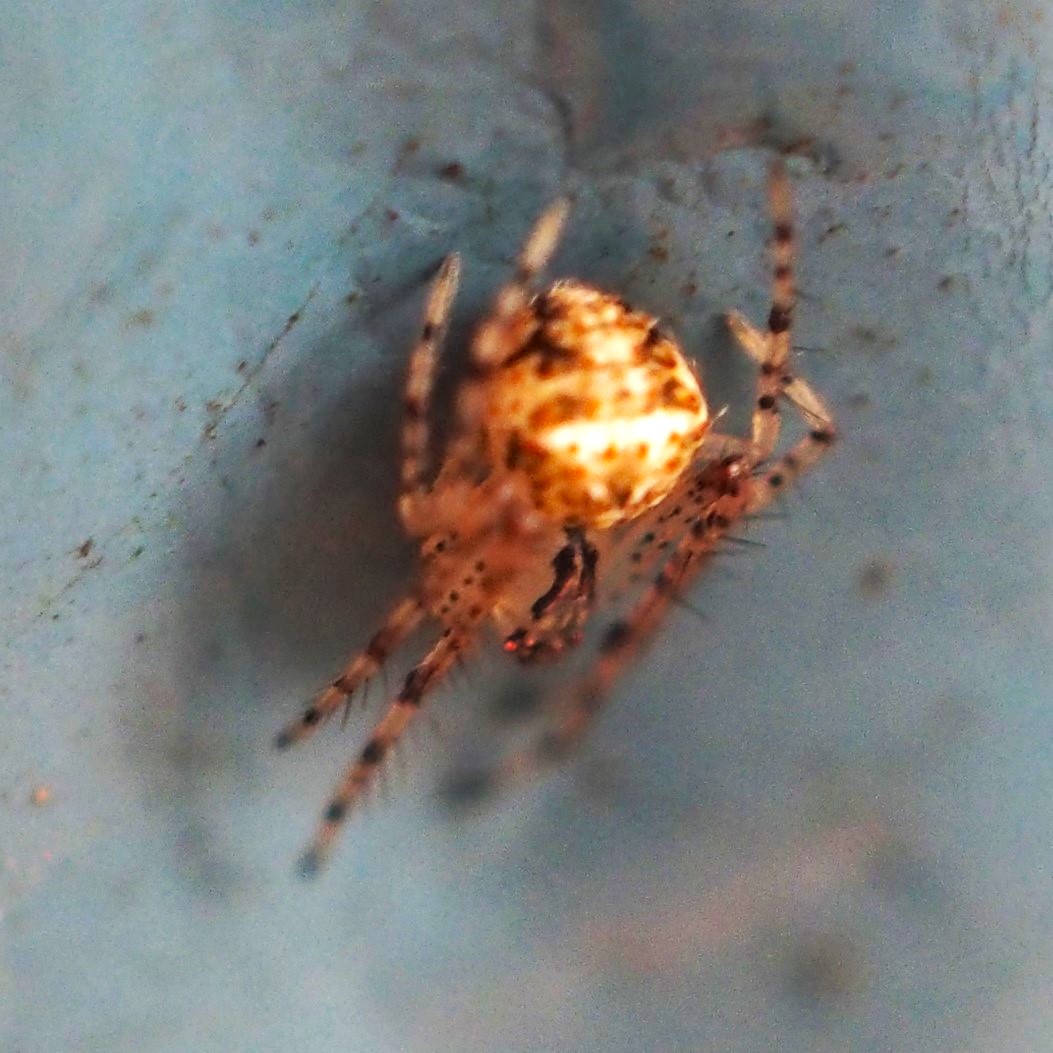
There was a bit of color in the yard. The Coral Berries are still bright, and there was still one Snowberry. This last picture is a sign of impending Spring. It isn't so unusual to see Grape Hyacinths getting ready, but it is surely heartening!
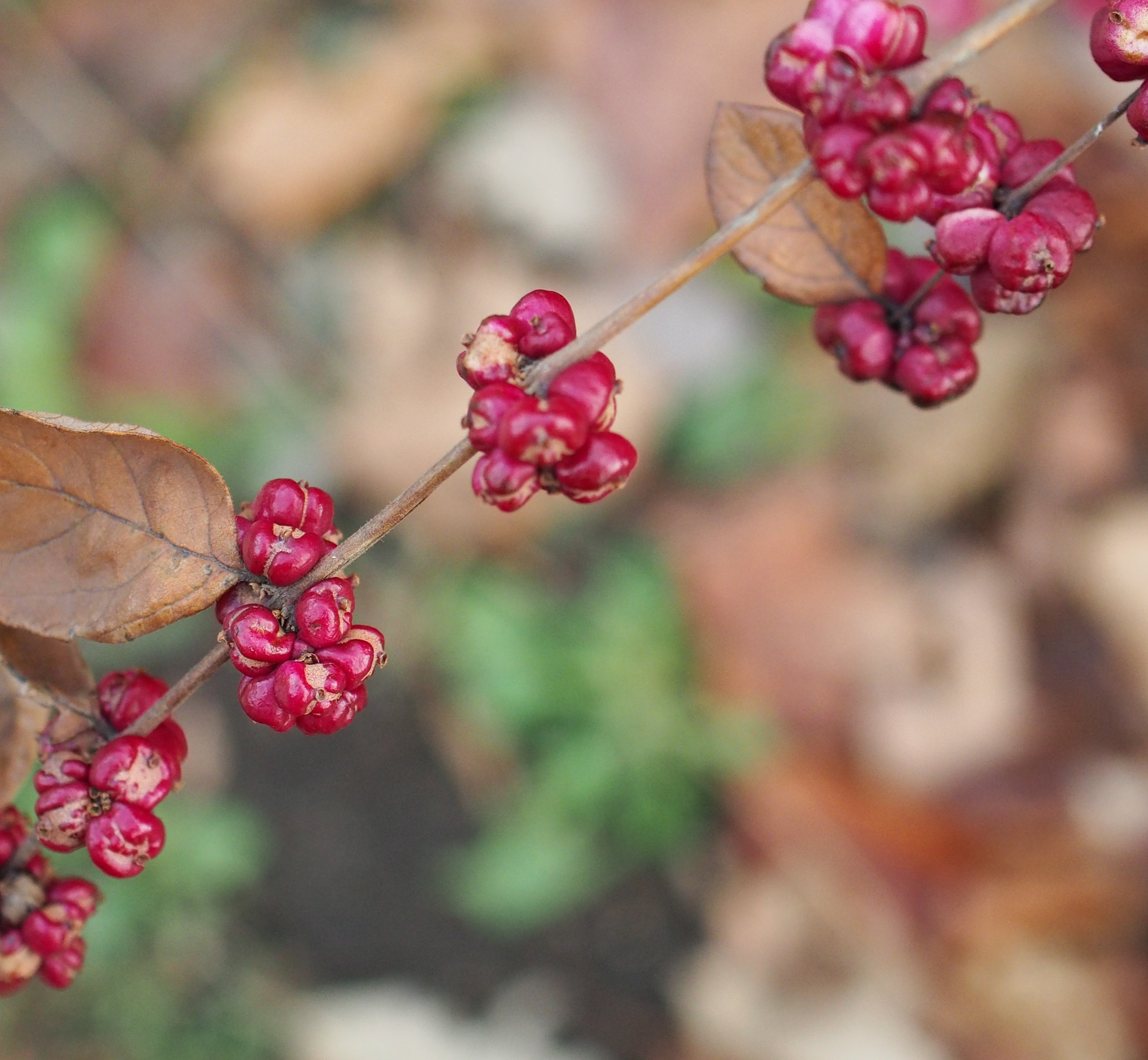
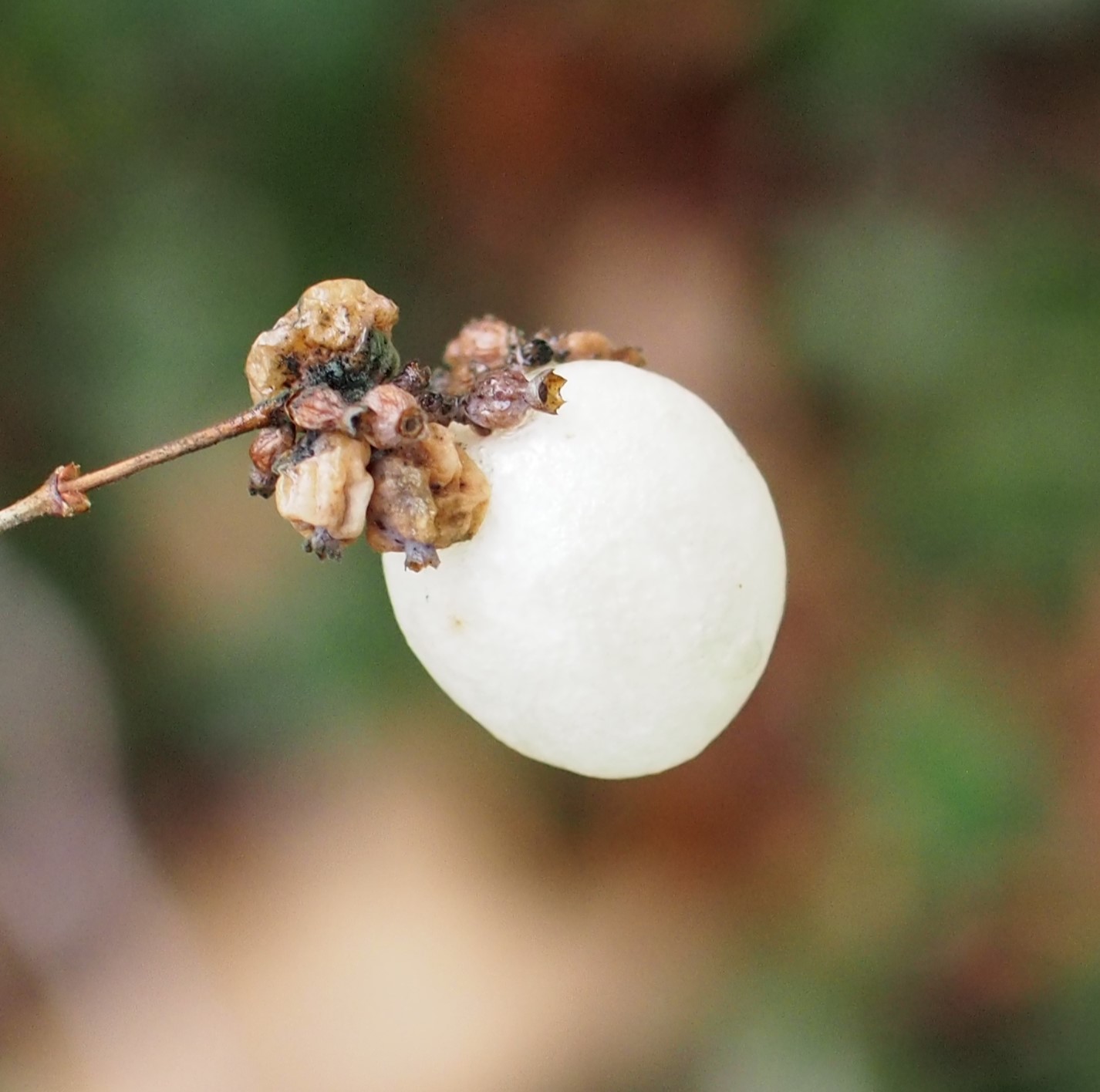
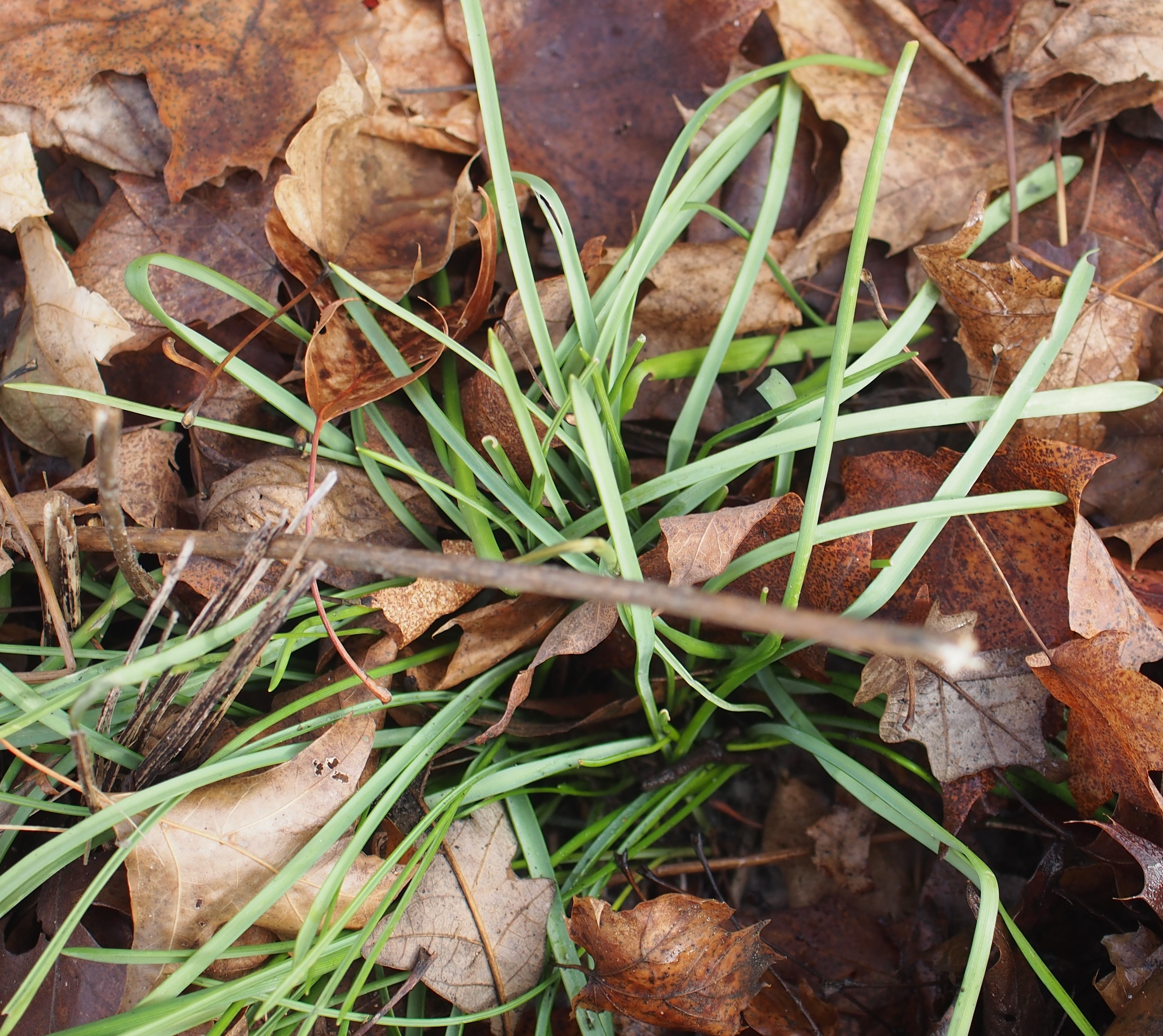
One last puzzle is solved. I found this leaf with a gall about 5 feet from the south Wall of the workshop. Not recognizing the leaf or the gall, I asked @megachile of iNat for his opinion of both. It turns out that the leaf is from the Common Hackberry, Celtis occidentalis, and that the gall is caused by a Hackberry Nipplegall Psyllid, Pachypsylla celtidismamma. I never knew we had Hackberry in the yard!
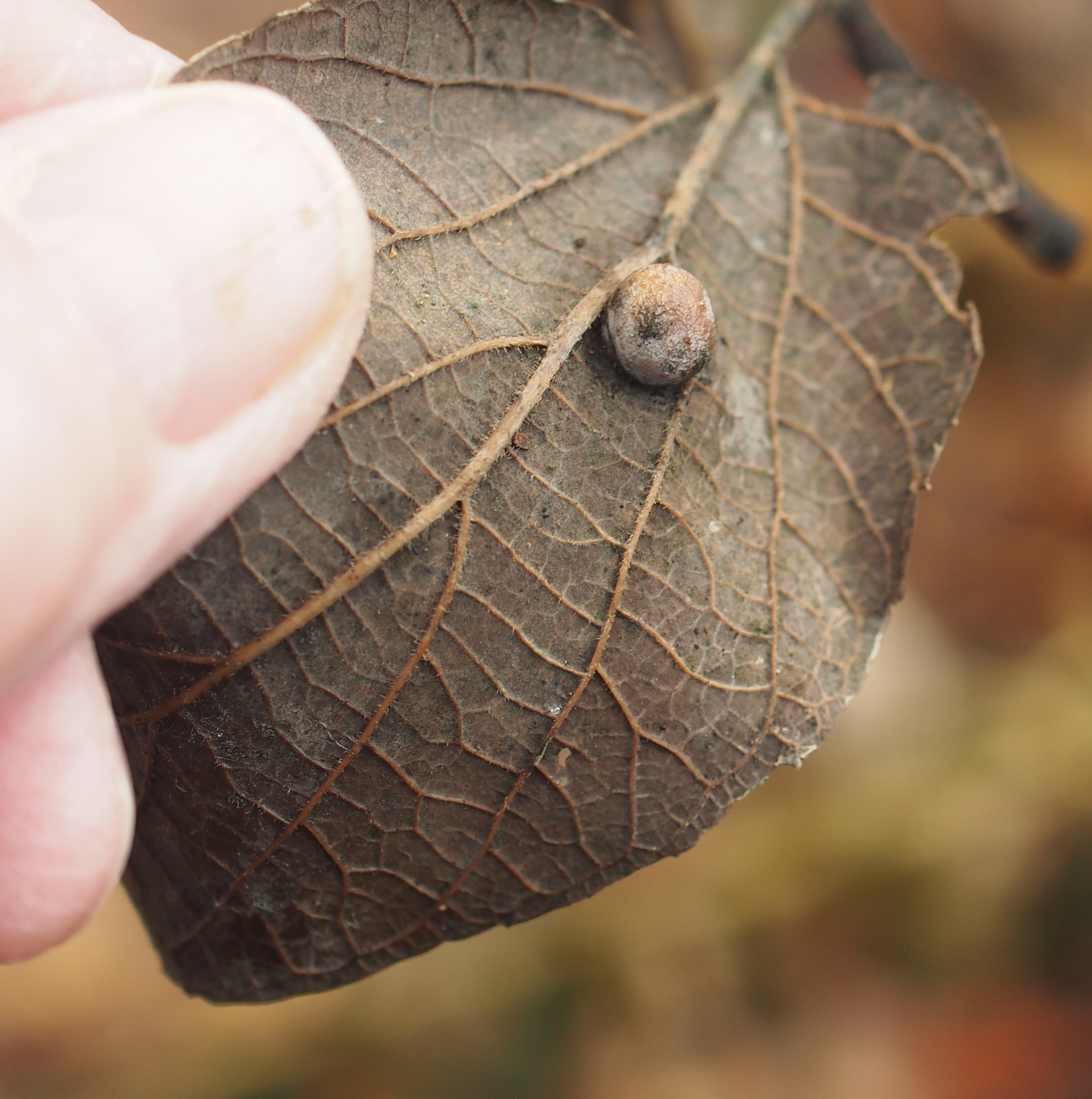
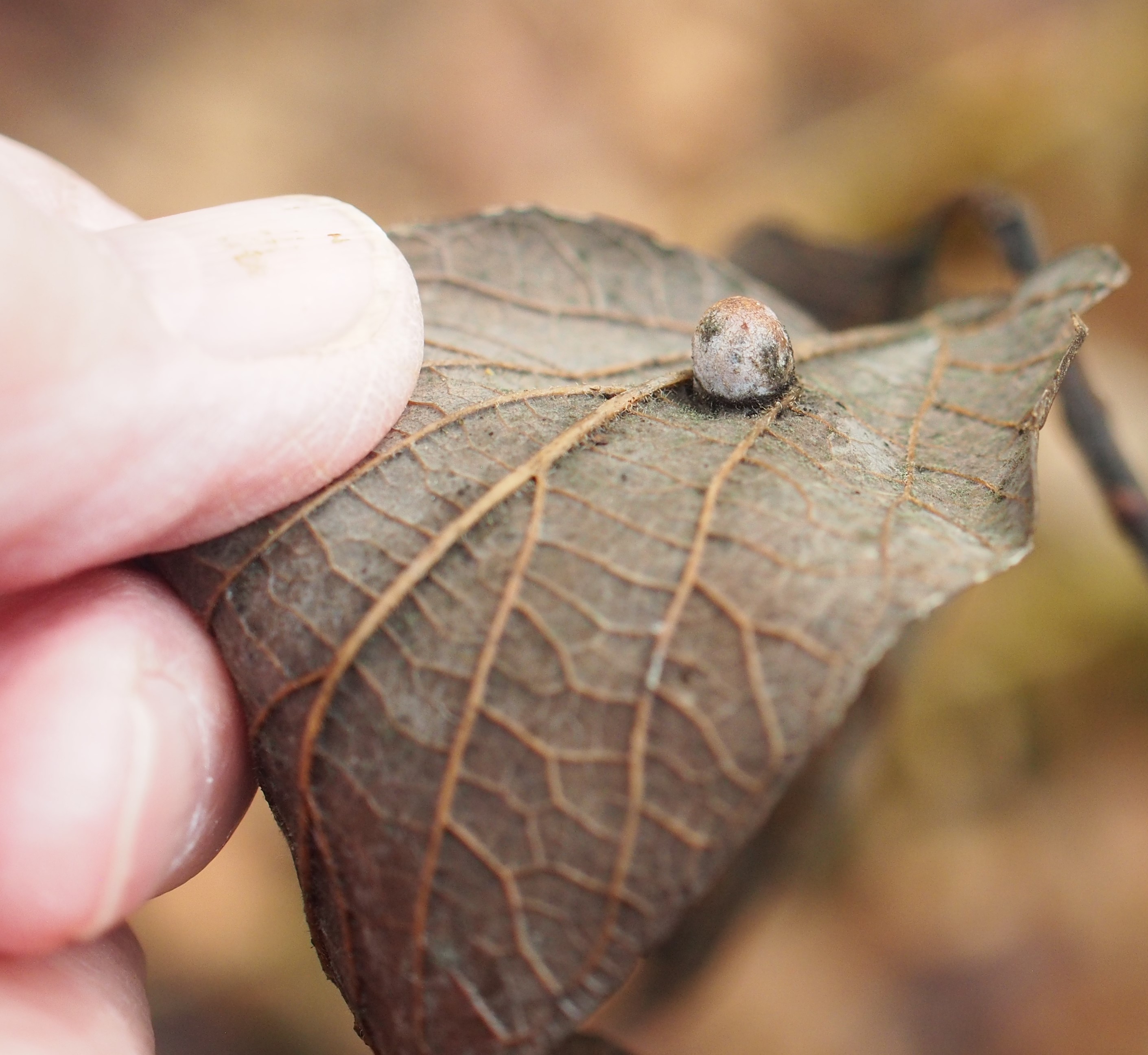

Here we are, firmly ensconced in 2023 (I am finally able to write that on checks!). It was much less cold this week, but where is the sun? It was out for a few minutes a day or two ago, and I was so glad to see it. I hope for all of you that you have a few good friends and a few good projects to work on.
If you enjoy being outside in it, I hope for you that your neighborhood has some snow. Meanwhile, I am enjoying going back to last summer and looking at my fishy pictures.
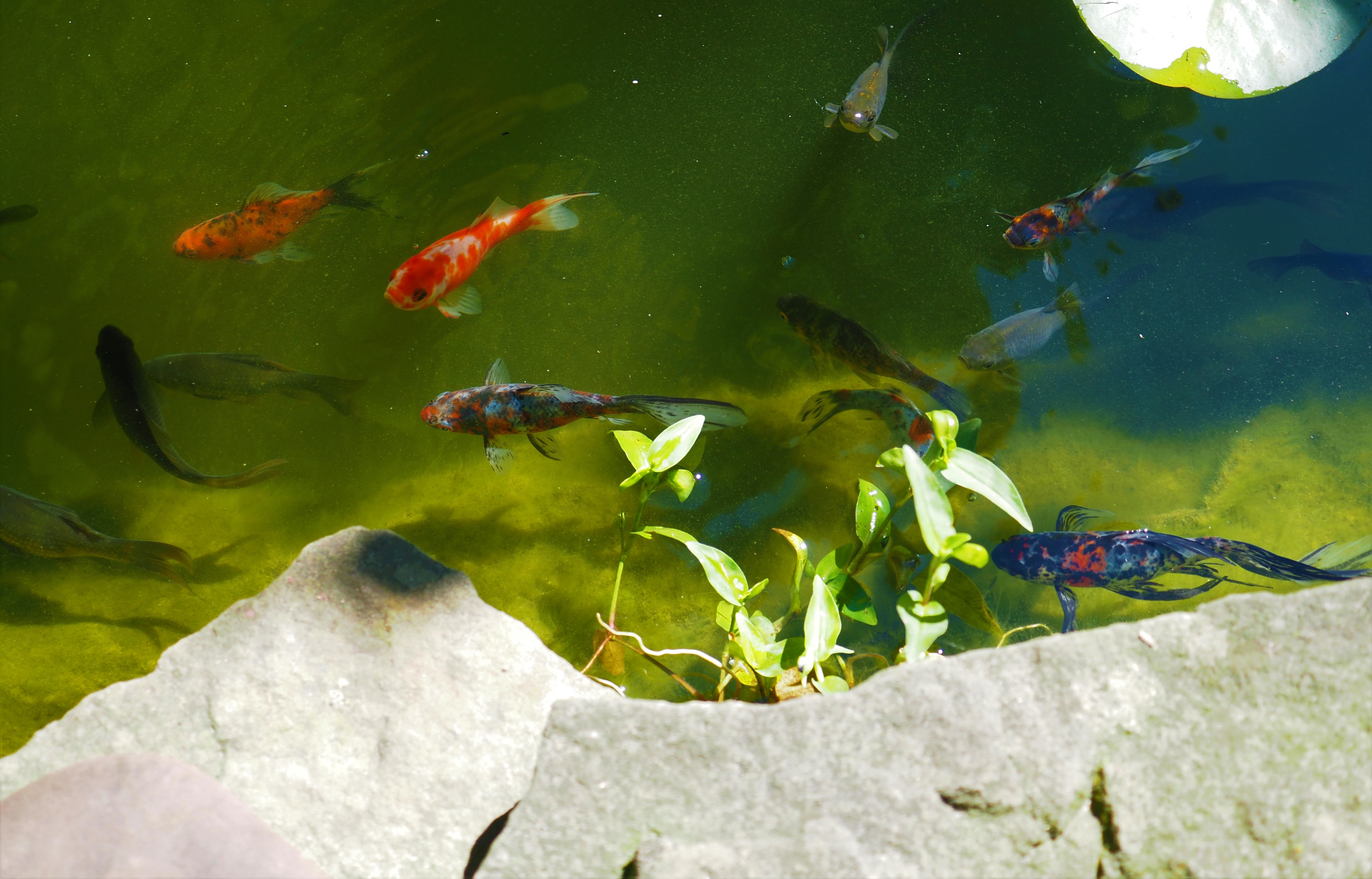
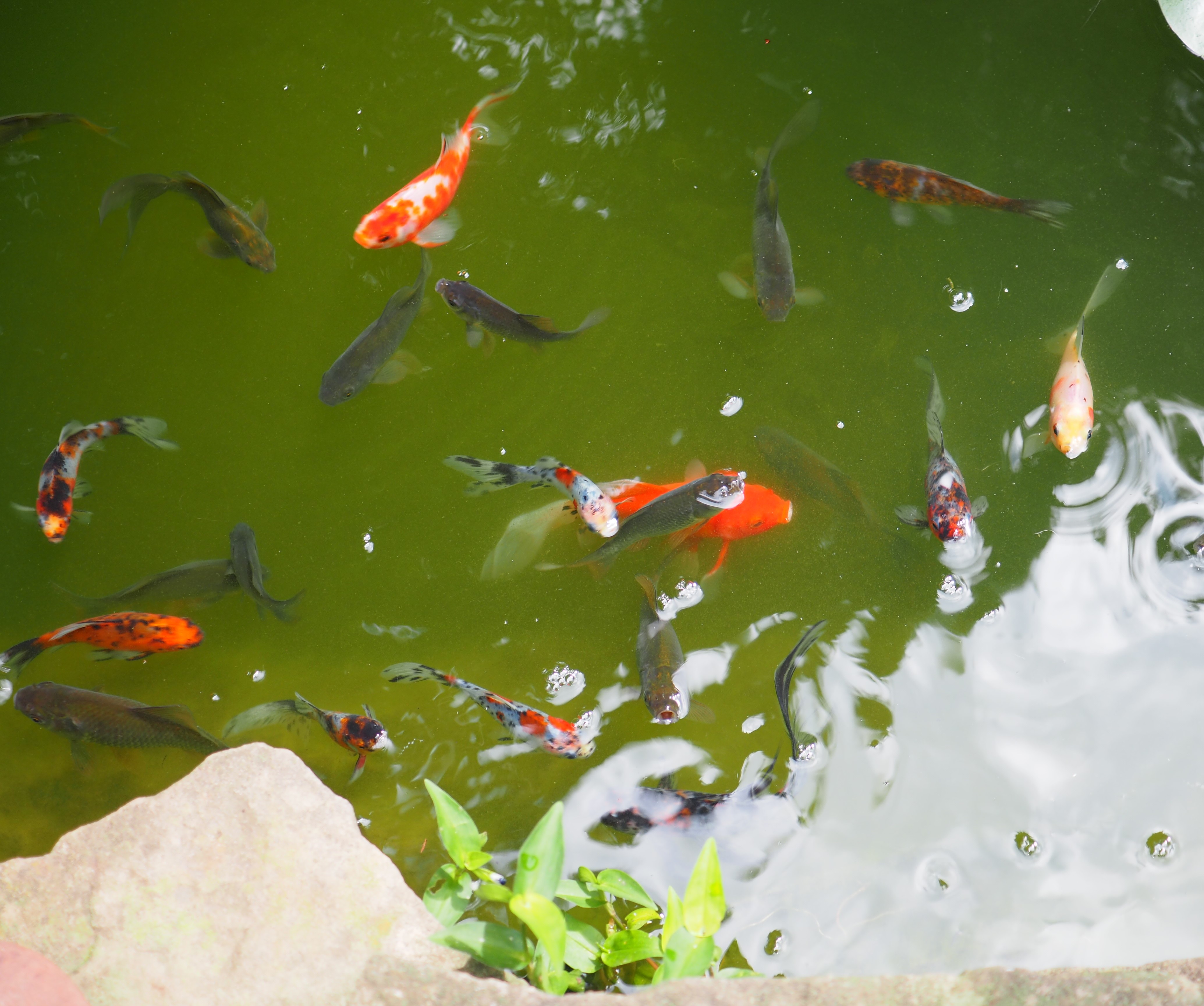
Love, Martha
Back to January 1, 2023
Forward to January 15, 2023
Back to main menu
copyright Martha O'Kennon 2023










































